There was nothing subtle about the message the Detroit Lions sent when they waived fullback Michael Burton earlier this week.
It wasn't only the player who was cut from the Lions' plans.
So was the position.
The Detroit Lions will run their offense in 2017 without a traditional fullback on the roster. There is no reason to look between the lines for any hidden meaning on whether a fullback will be deployed in some creative fashion.
There simply is no fullback on the roster, and no plan at this point to add one.
Asked directly at his press conference this week if the Lions will use a fullback, head coach Jim Caldwell answered directly – as directly as Cory Schlesinger, the renowned Lions fullback of a decade ago, breaking a dozen or more face masks a year leading the way as a blocker.
"The reason why Burton is no longer here is because that position, as you'd call it, slotted as such, a fullback – is not part of how we function," Caldwell said. "We find a way to get it done with other positions – tight ends and things of that nature.
"That's where we are."
A look at the Lions' official offseason roster distributed this week lists the offensive positions as follows:
Quarterbacks: 3.
Running backs: 7.
Wide receivers: 11.
Tight ends: 7.
Offensive linemen: 15.
Fullbacks: 0.
Traditionalists, who remember a fullback trudging off the field after a game with a bloody nose, three missing teeth and a half acre of sod hanging from his face mask, might cringe at the thought of their team – any team – playing without a fullback.
But in reality, teams gradually have become less reliant on fullbacks with the proliferation of one-back and spread offenses that use three, four and five receivers. Also, tight ends with the ability to run, catch and block are being put in the backfield as blockers – with the option to slip out into space to catch passes.
Schlesinger, a popular player in 12 seasons as a Lion (1995-2006), was a mashing lead blocker. He had just 167 career carries, with only 14 his last four seasons combined. He was used more often as an outlet receiver, catching 197 passes, but just 16 his last three years.
The Lions consistently campaigned for Schlesinger to make the NFC Pro Bowl, citing his role as a traditional fullback.
Unfortunately for Schlesinger, his career overlapped that of Mike Alstott of the Tampa Bay Bucs for 11 of Schlesinger's 12 pro seasons. Alstott was listed as a fullback, and was built like one at 248 pounds. However, he was used basically as an oversized tailback. Alstott had more than 5,000 career rushing yards and made six straight Pro Bowls, from 1997-2002.
View photos from Day 5 of Detroit Lions OTA practices.

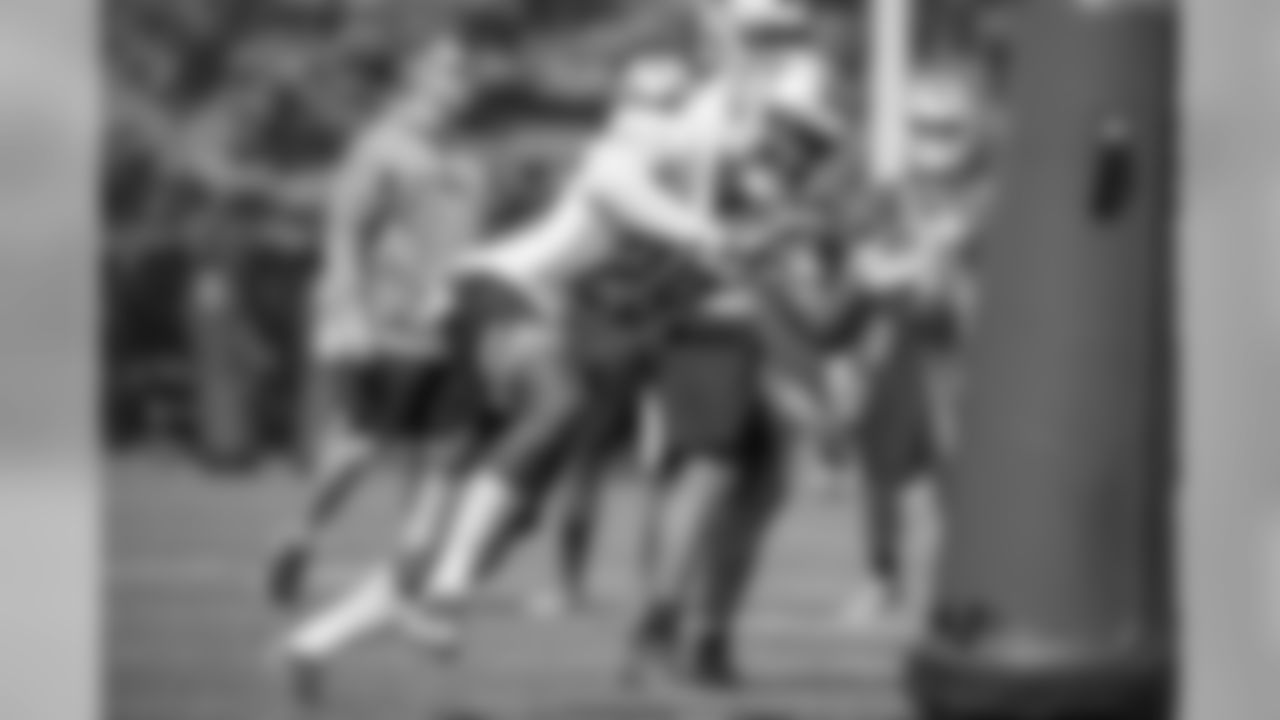
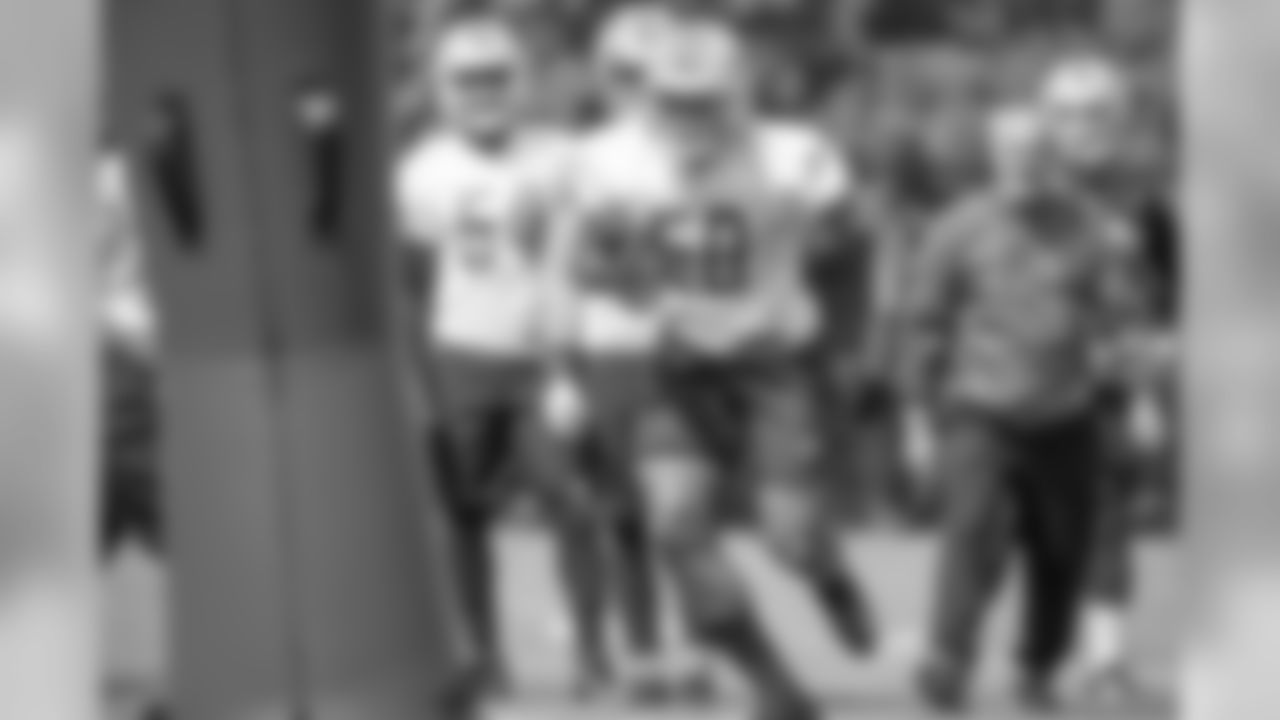
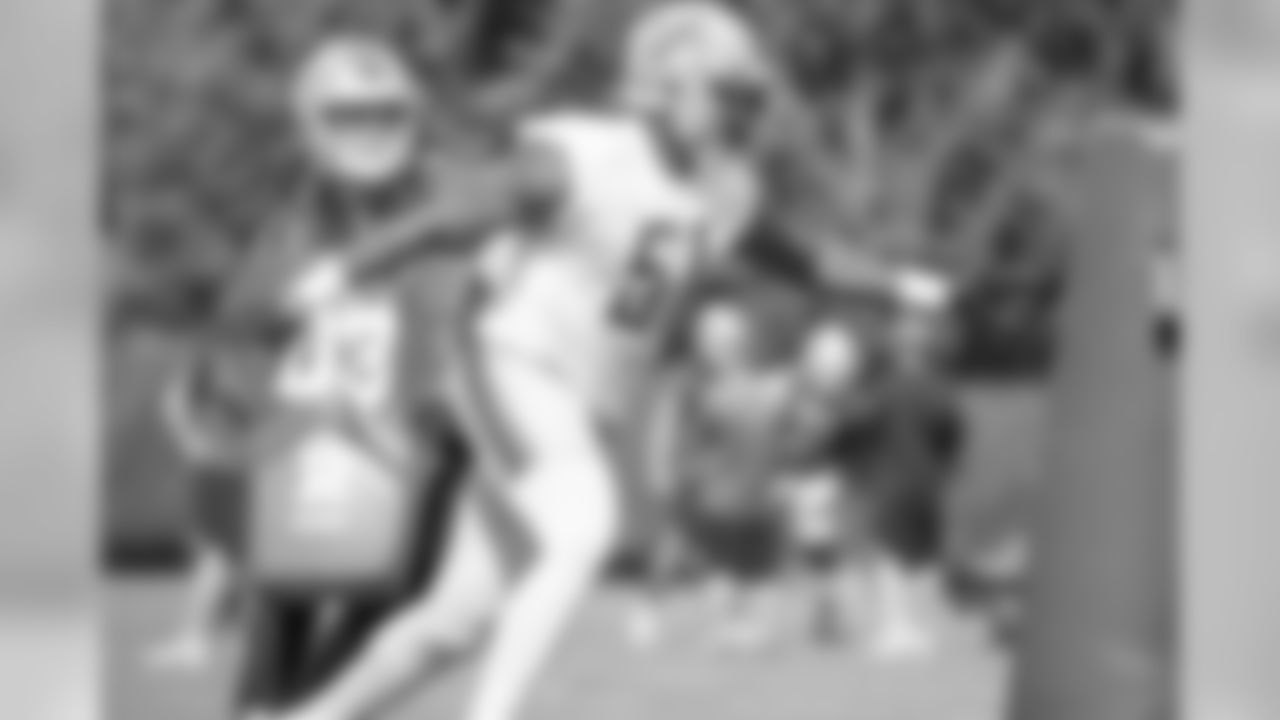

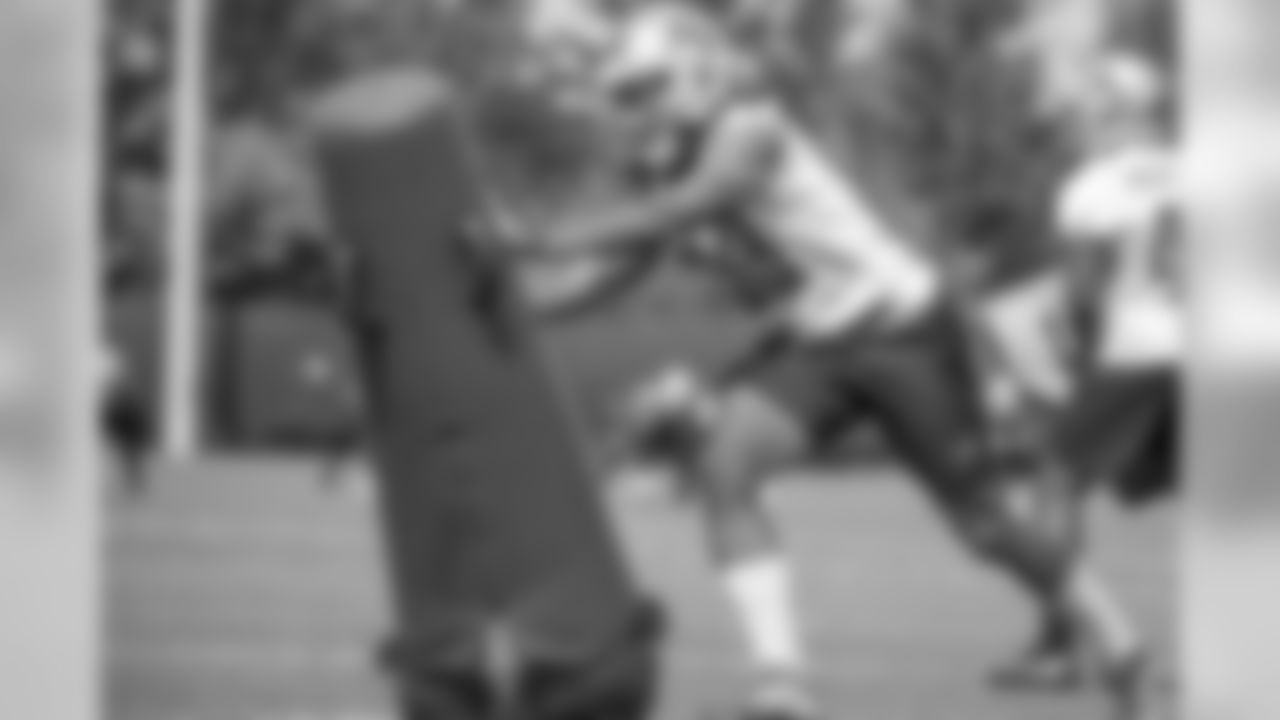
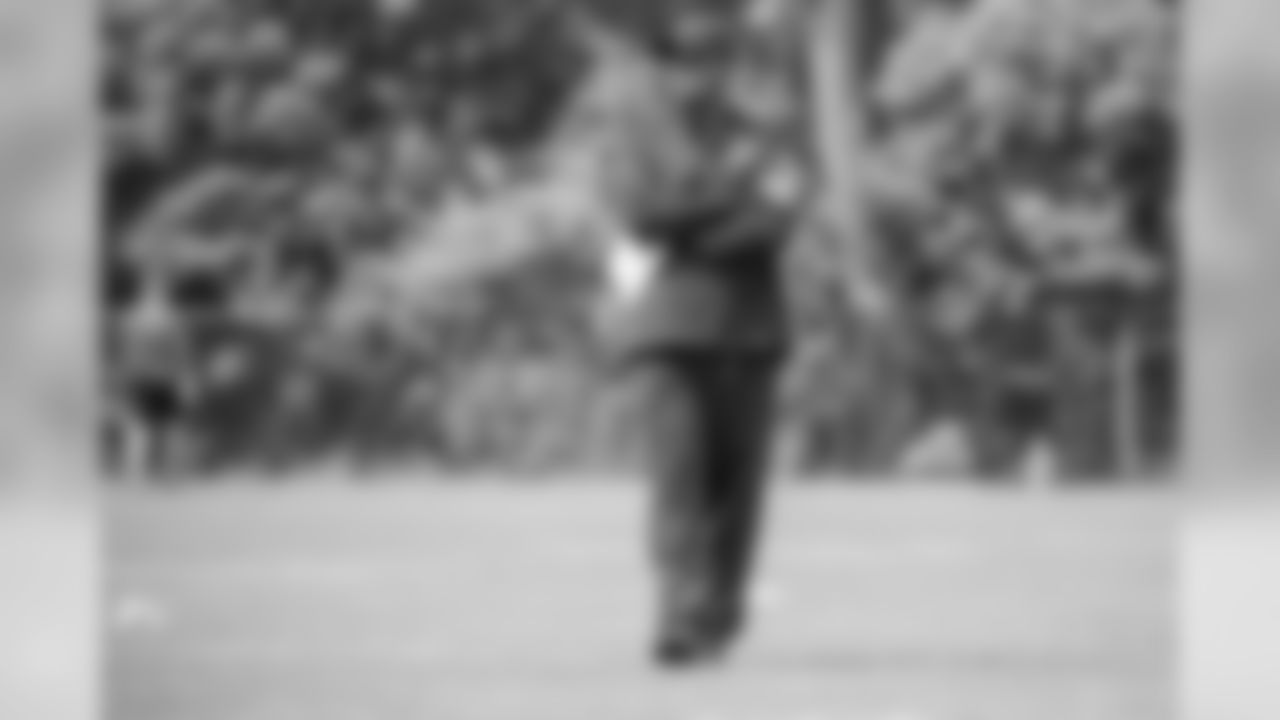
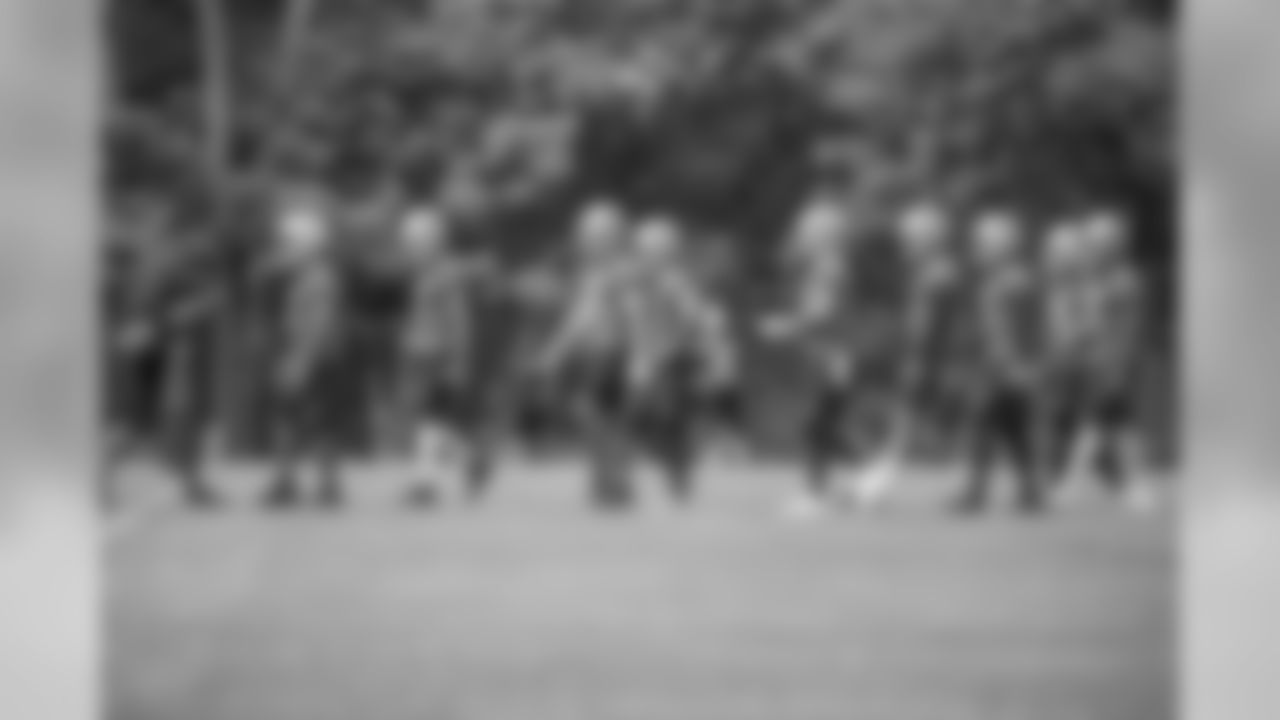
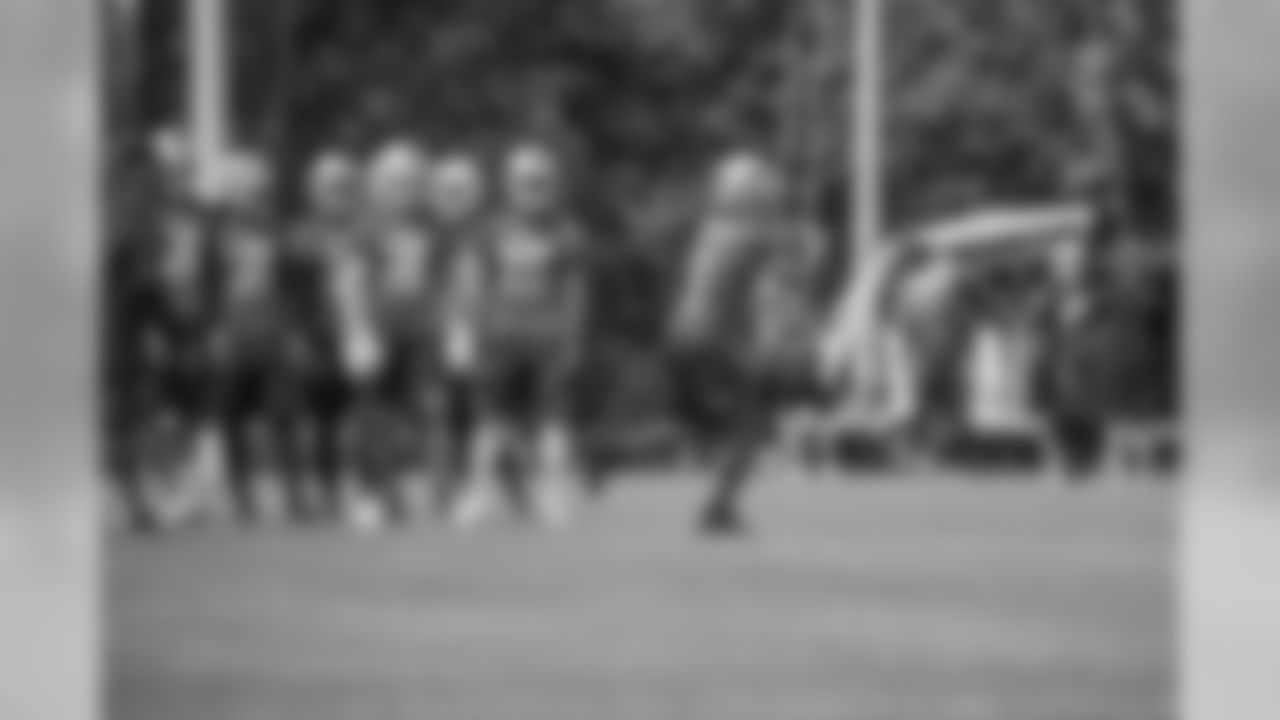

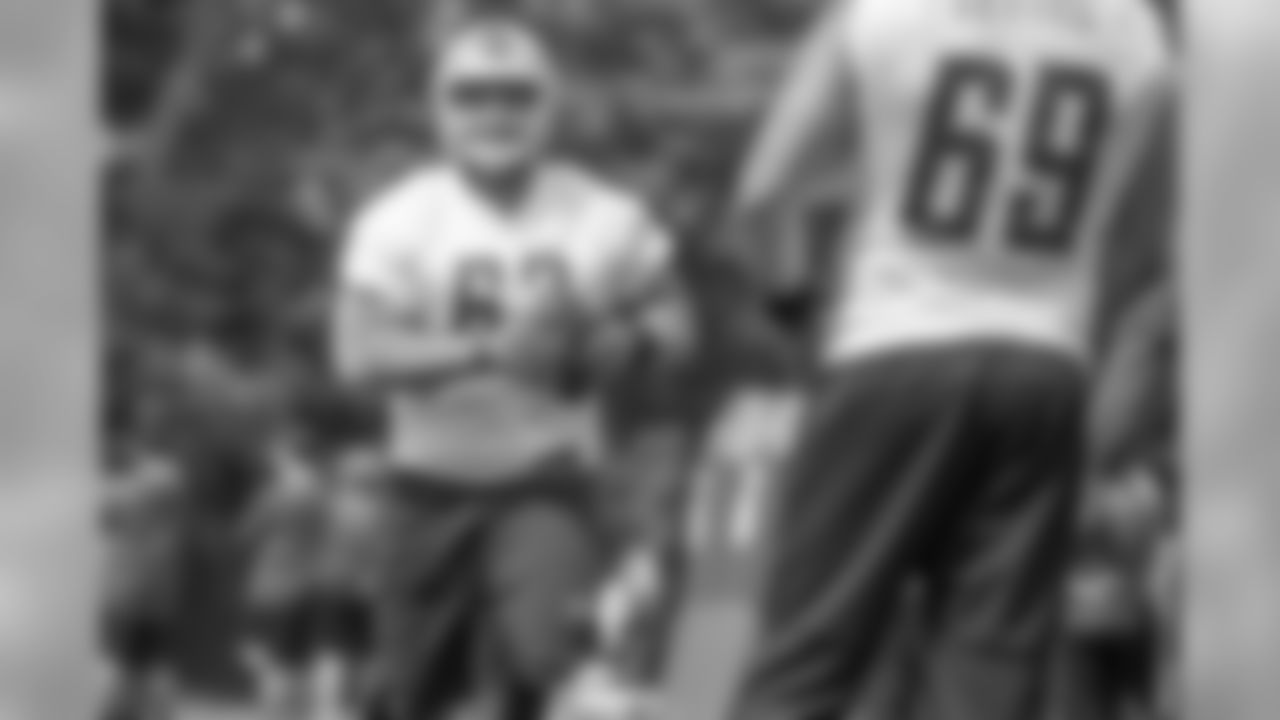

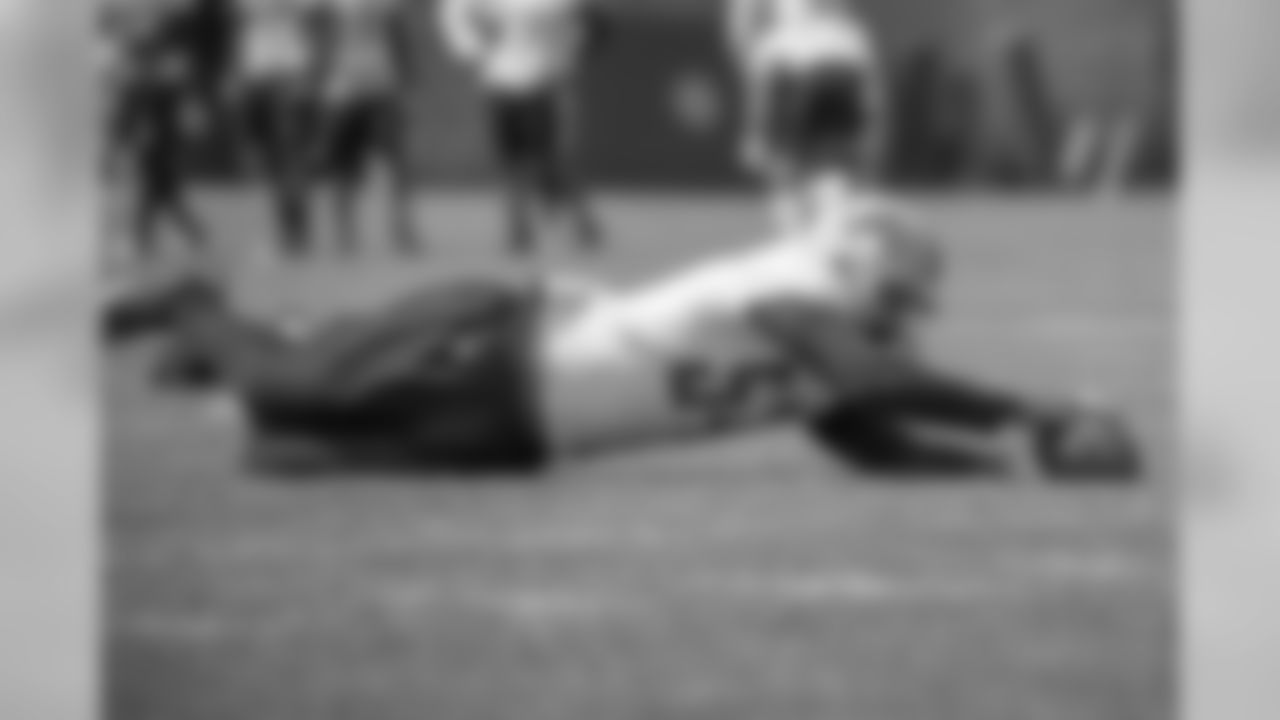




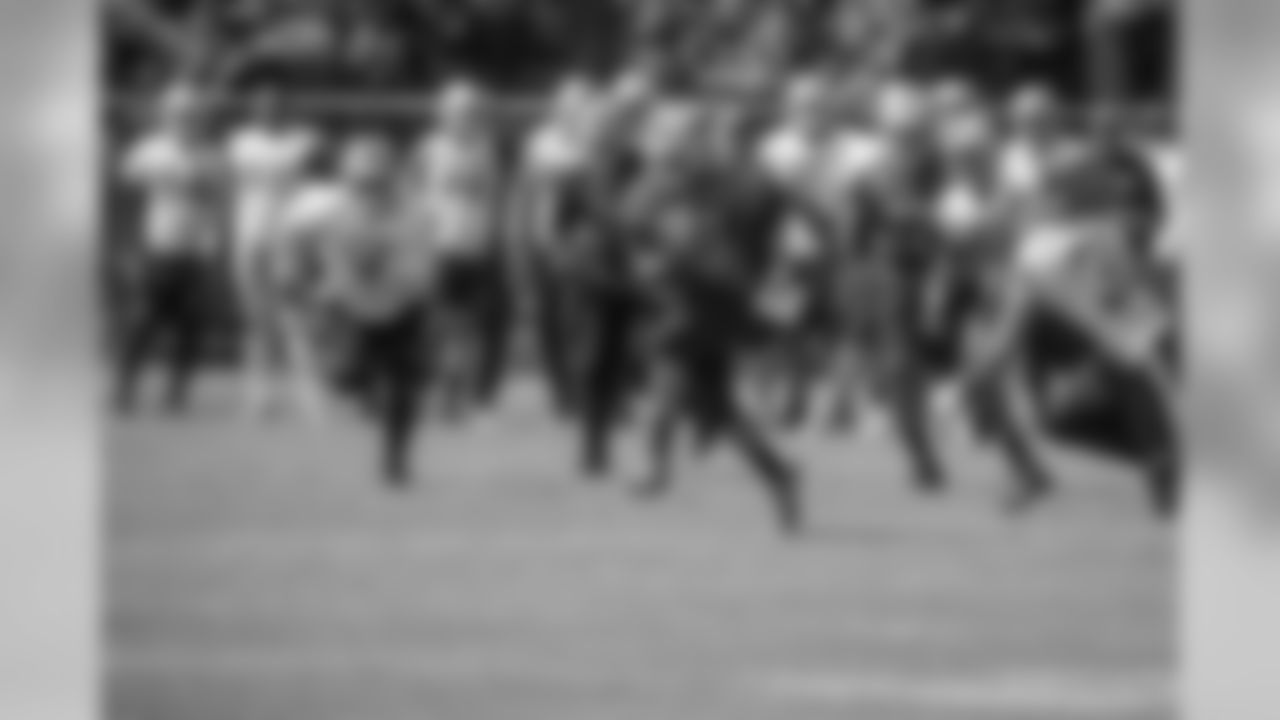



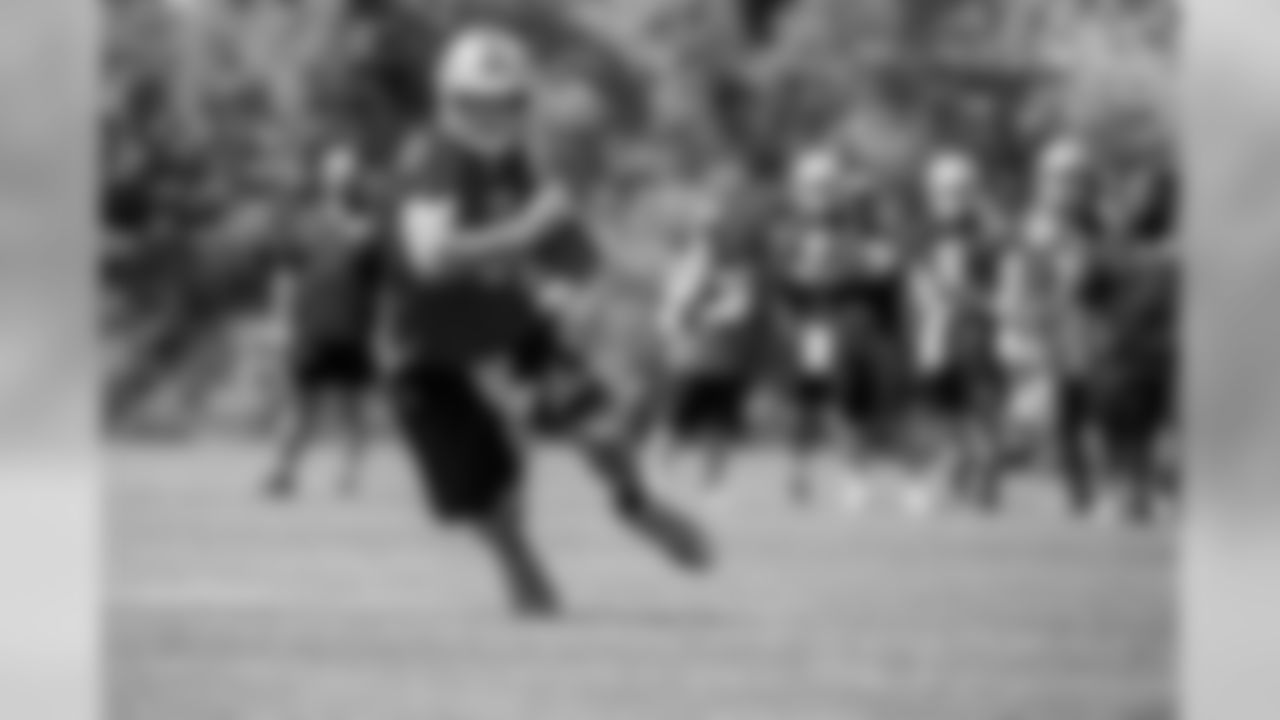
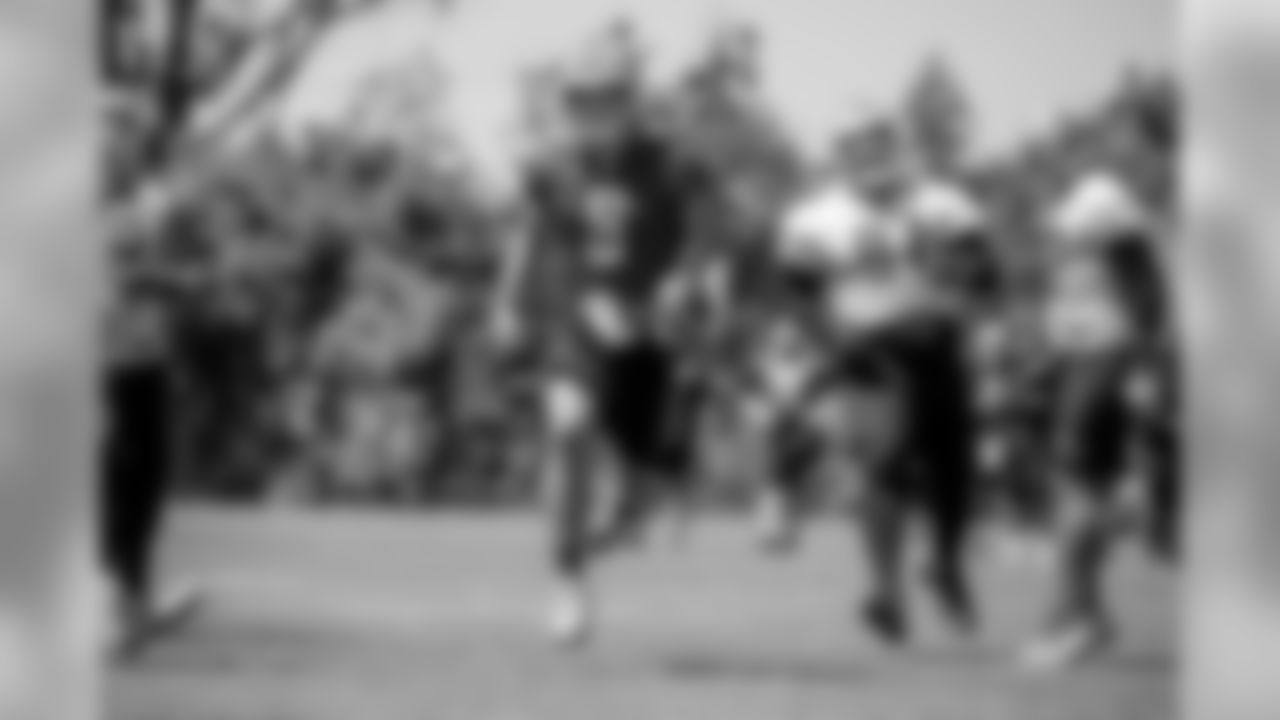


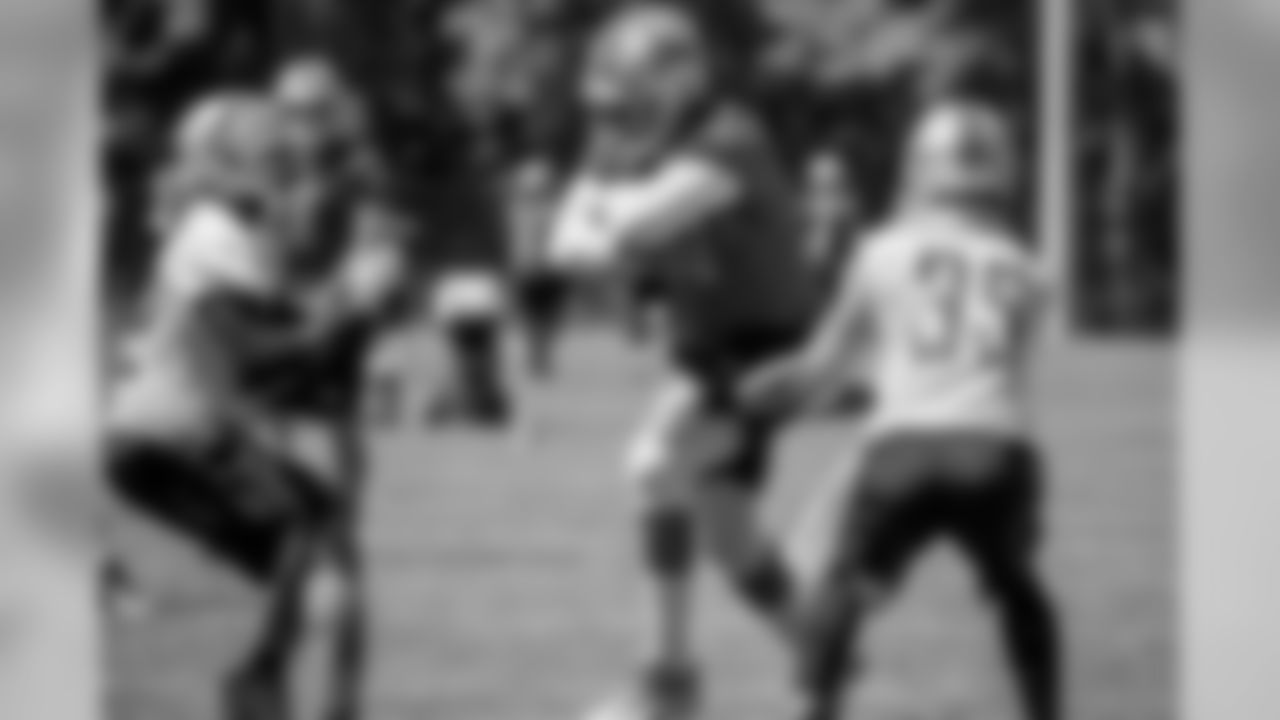
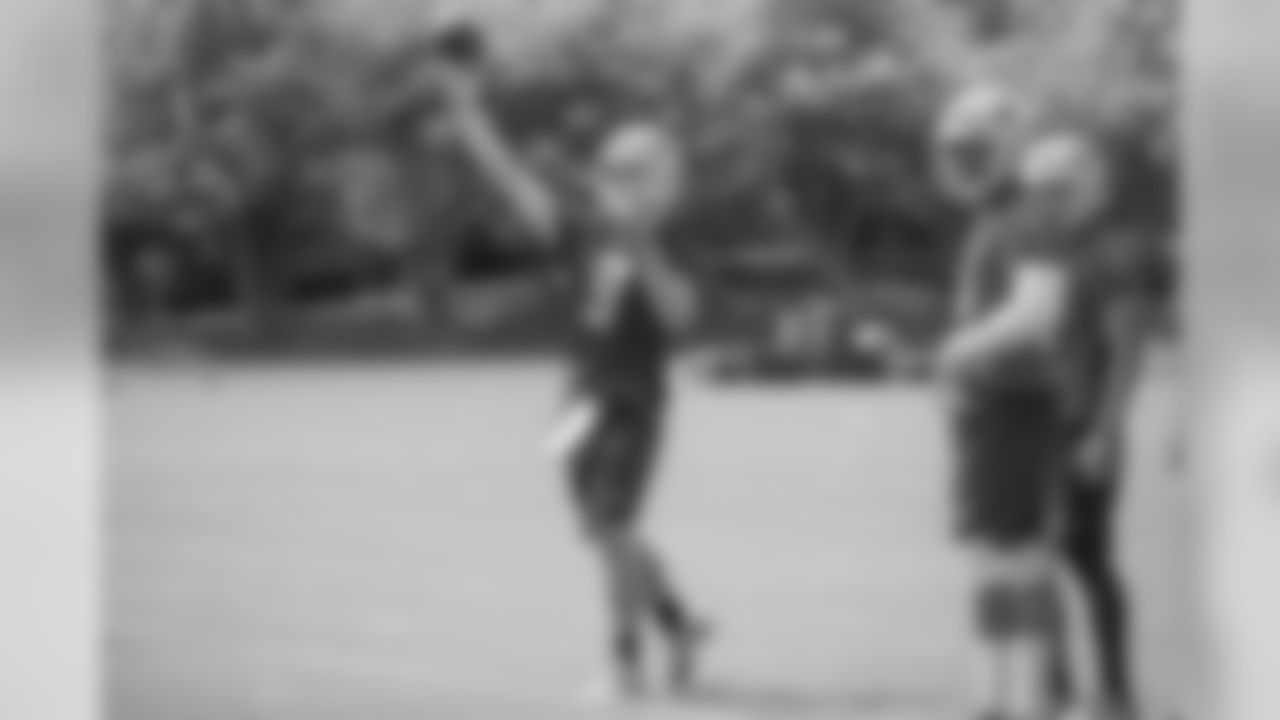

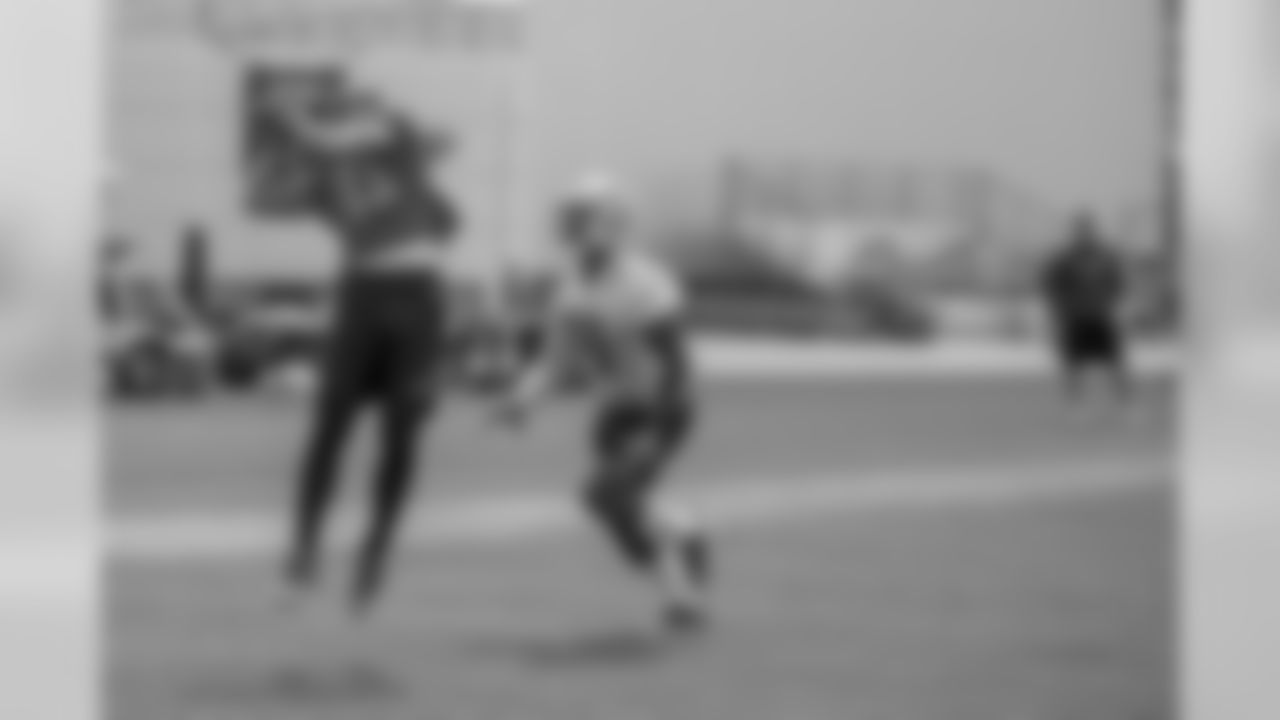
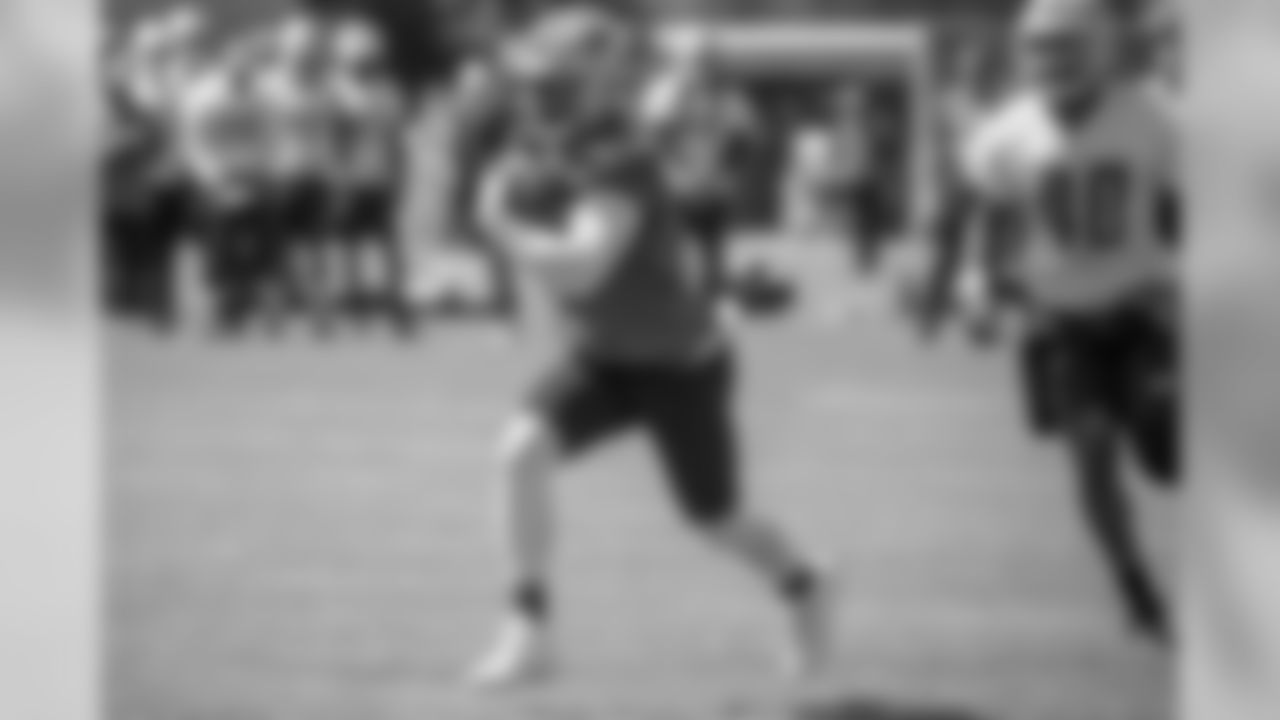
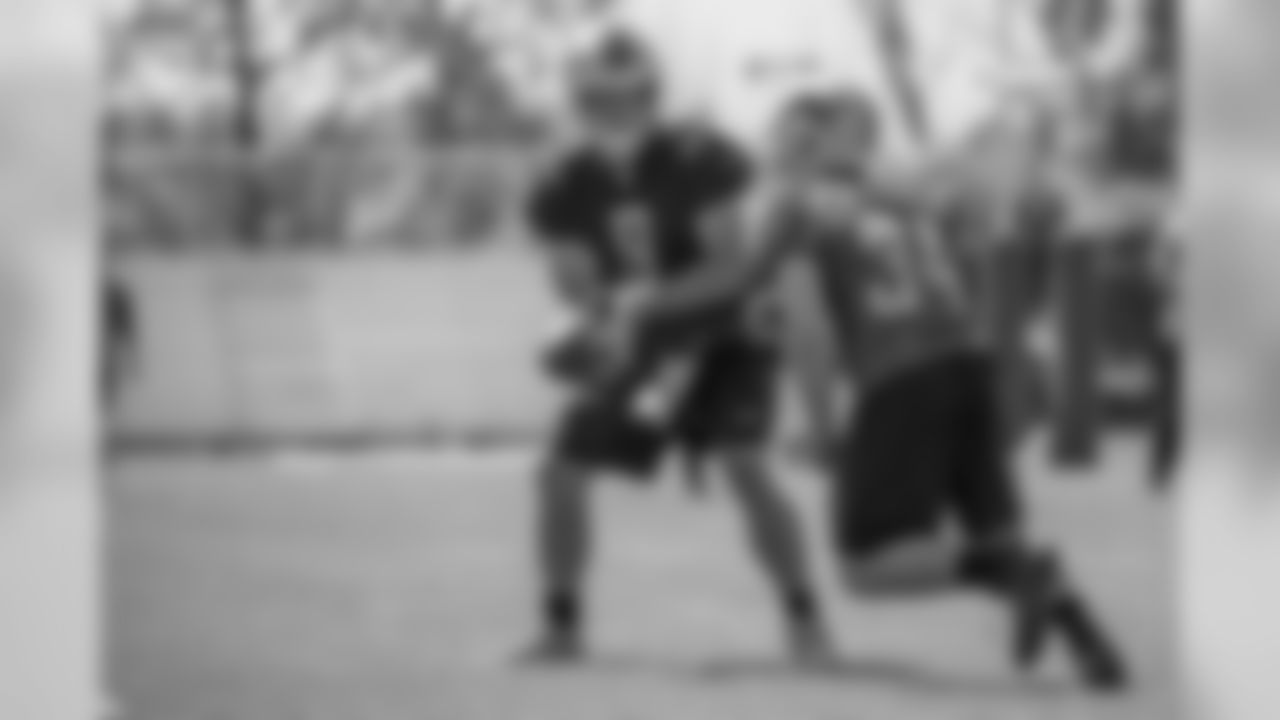
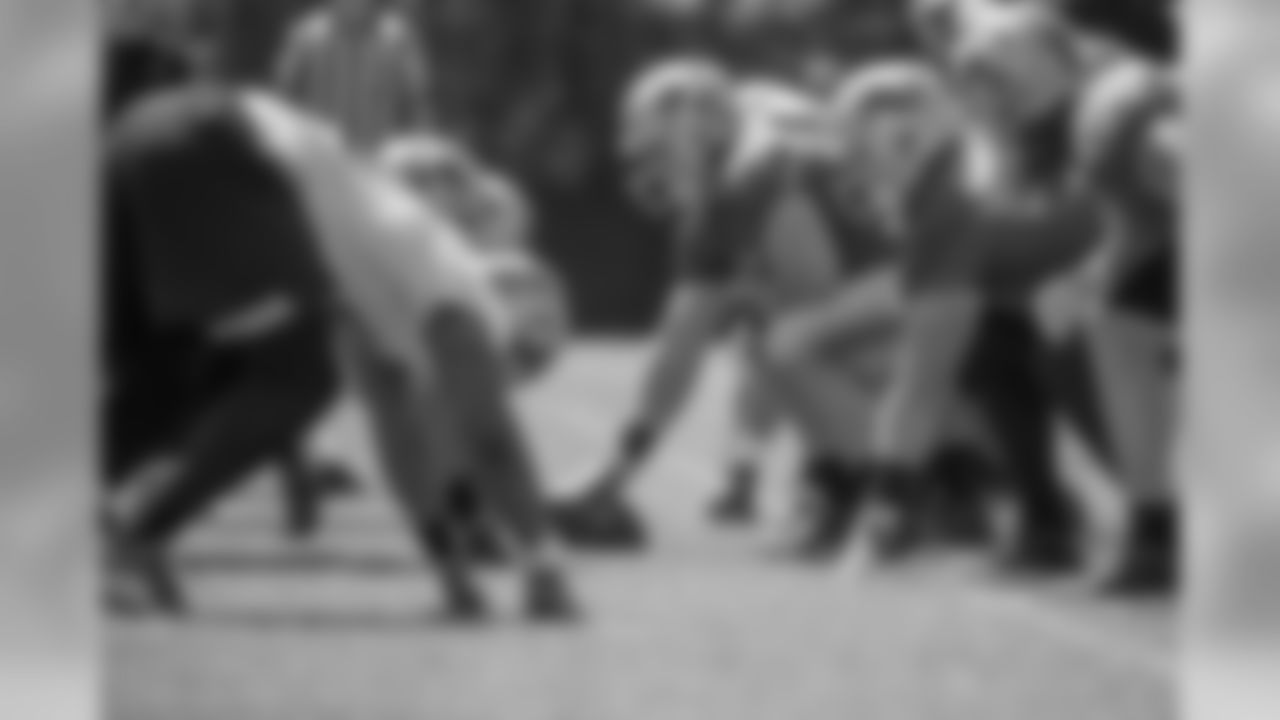
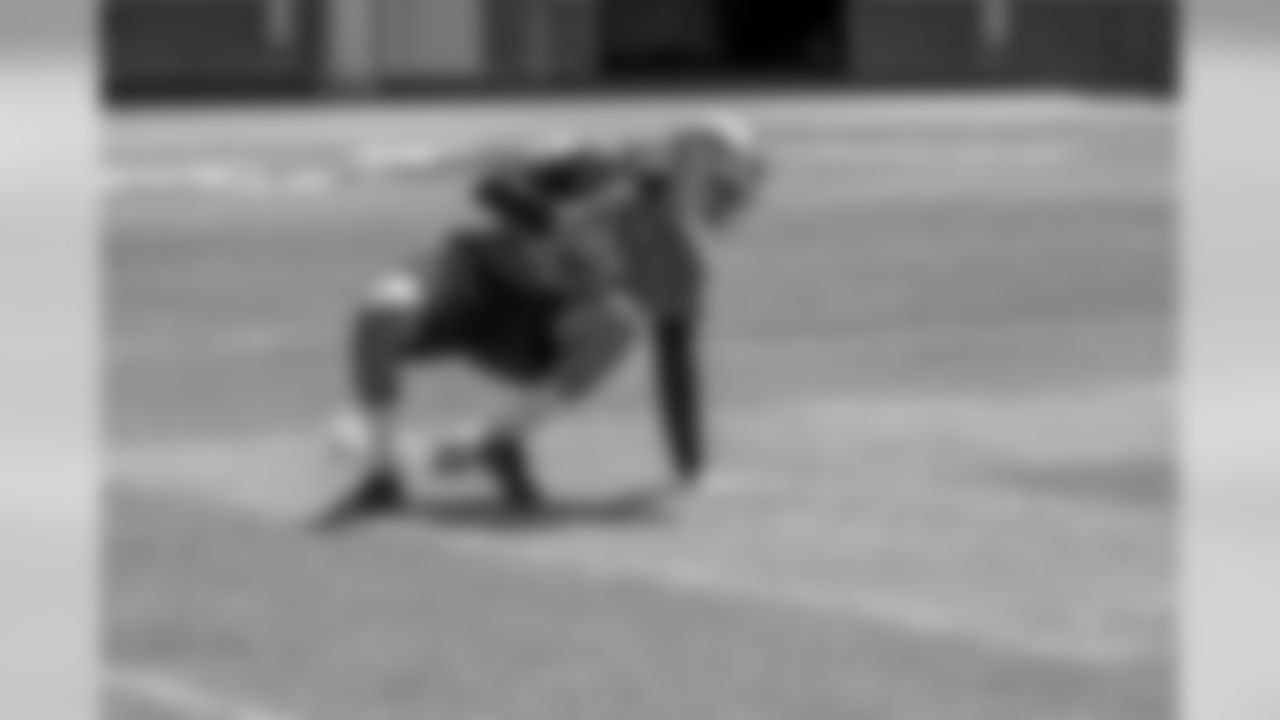
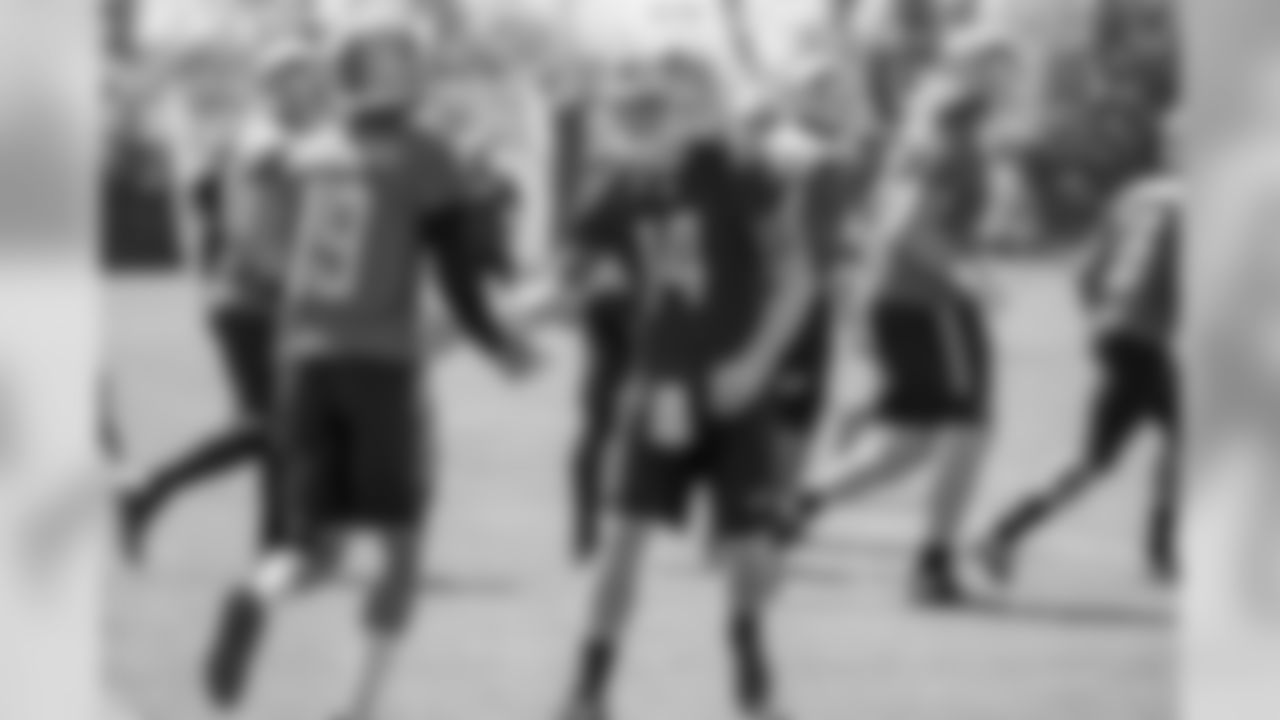
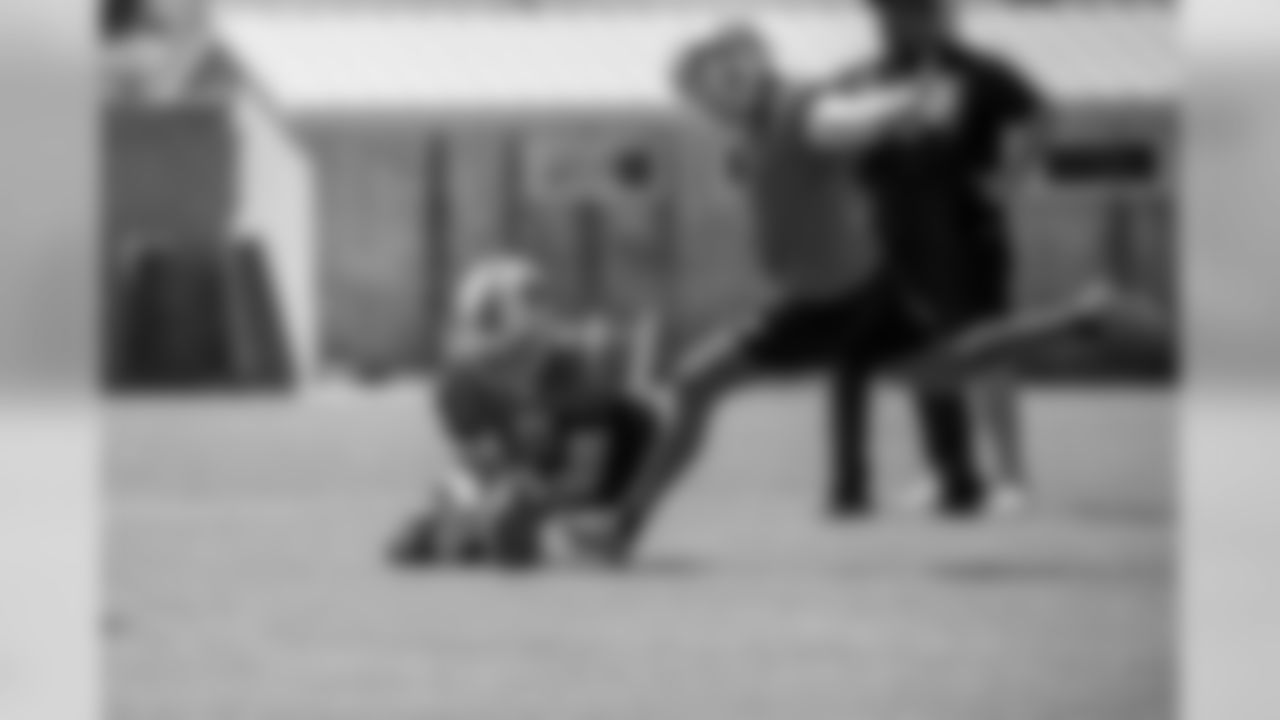


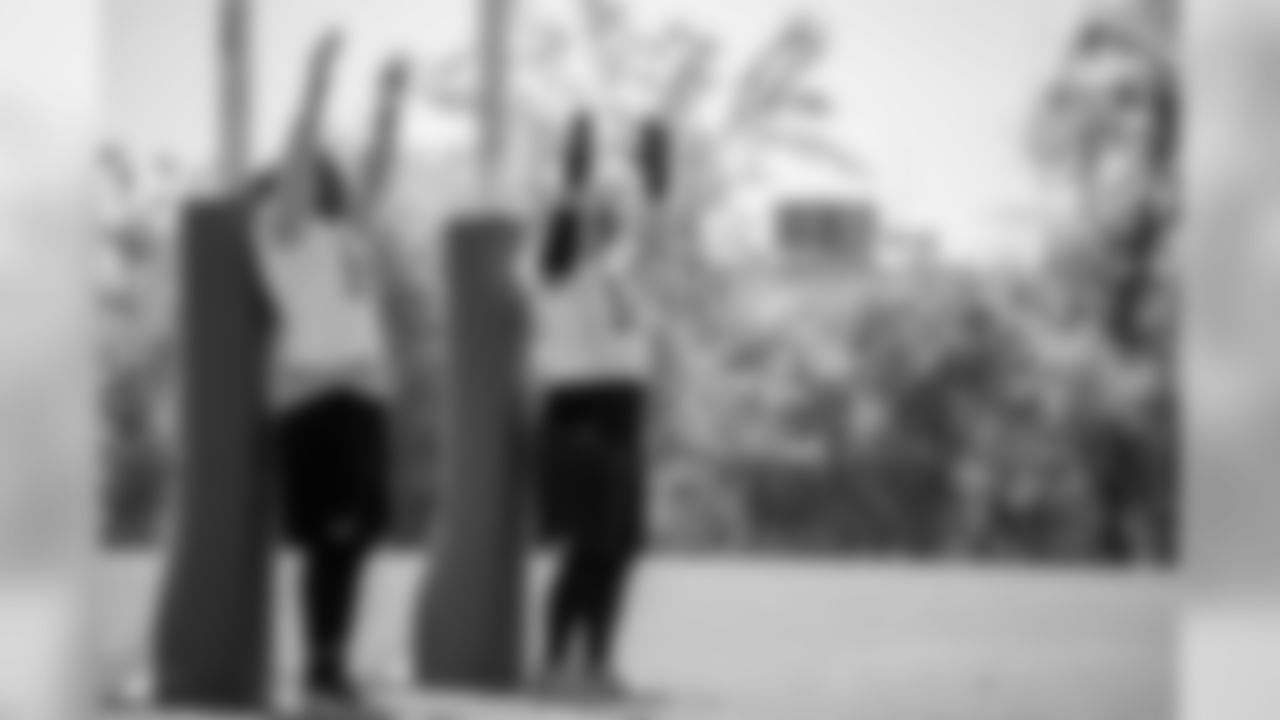
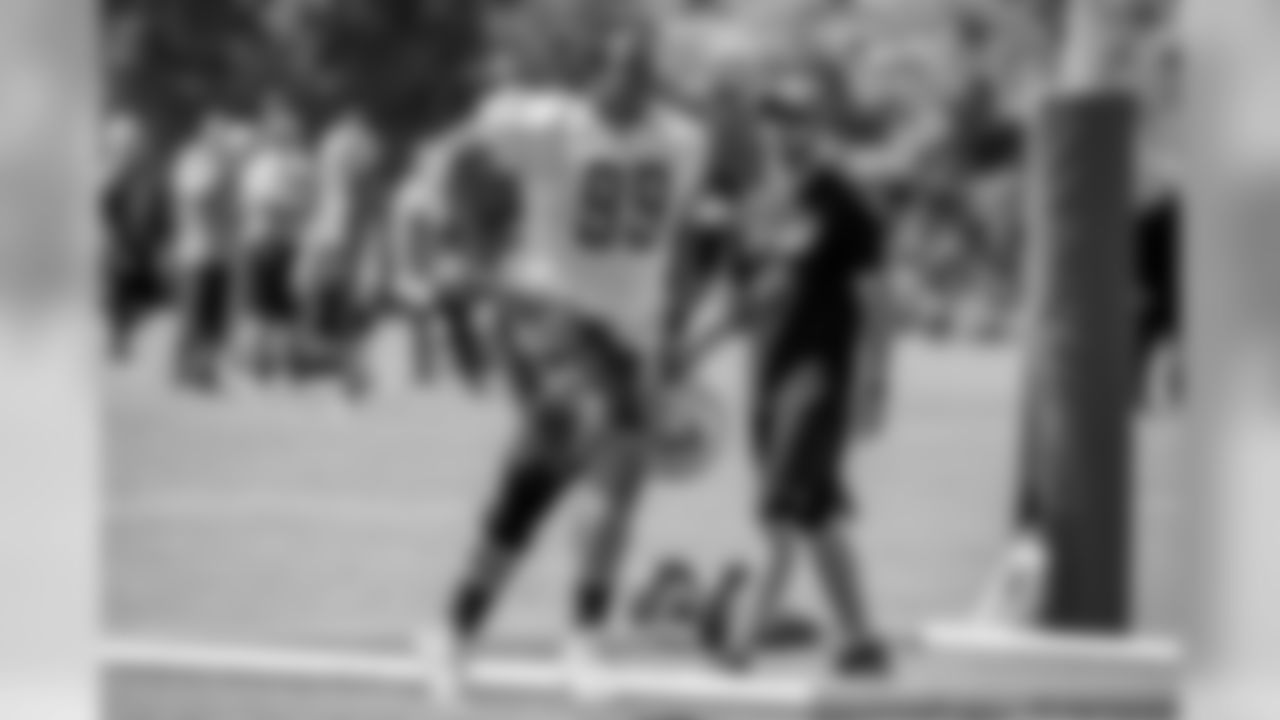
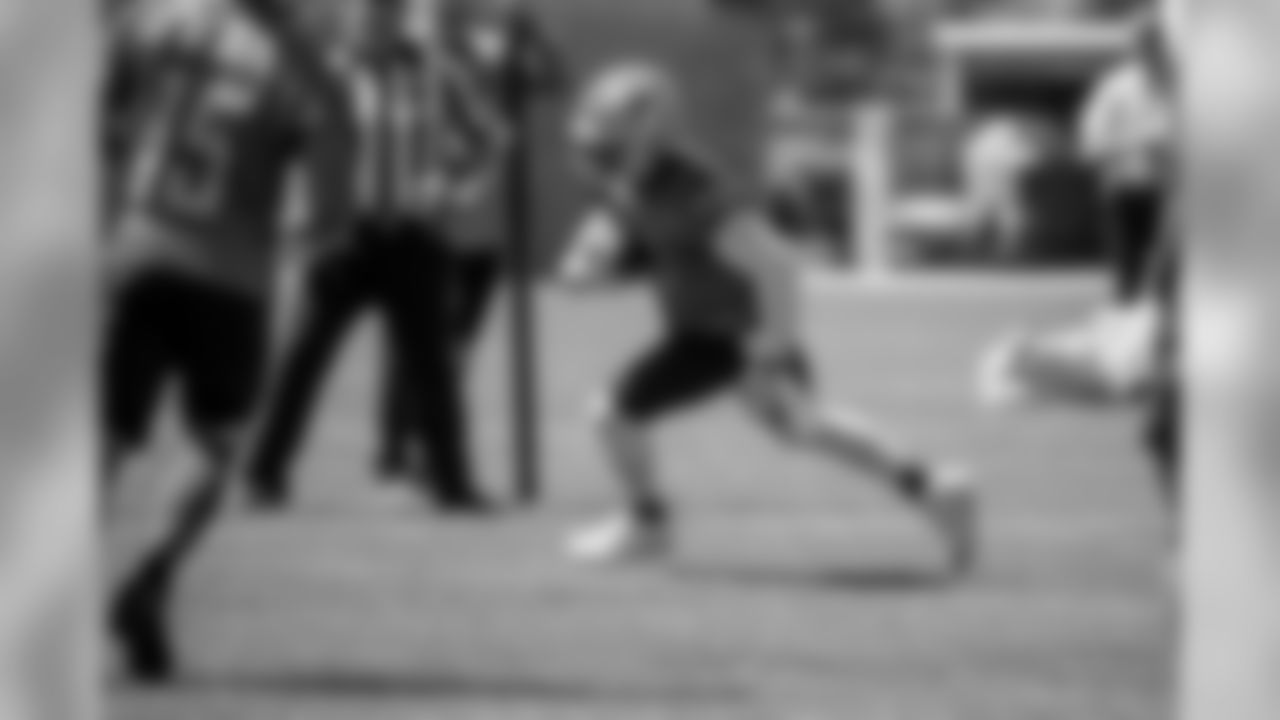
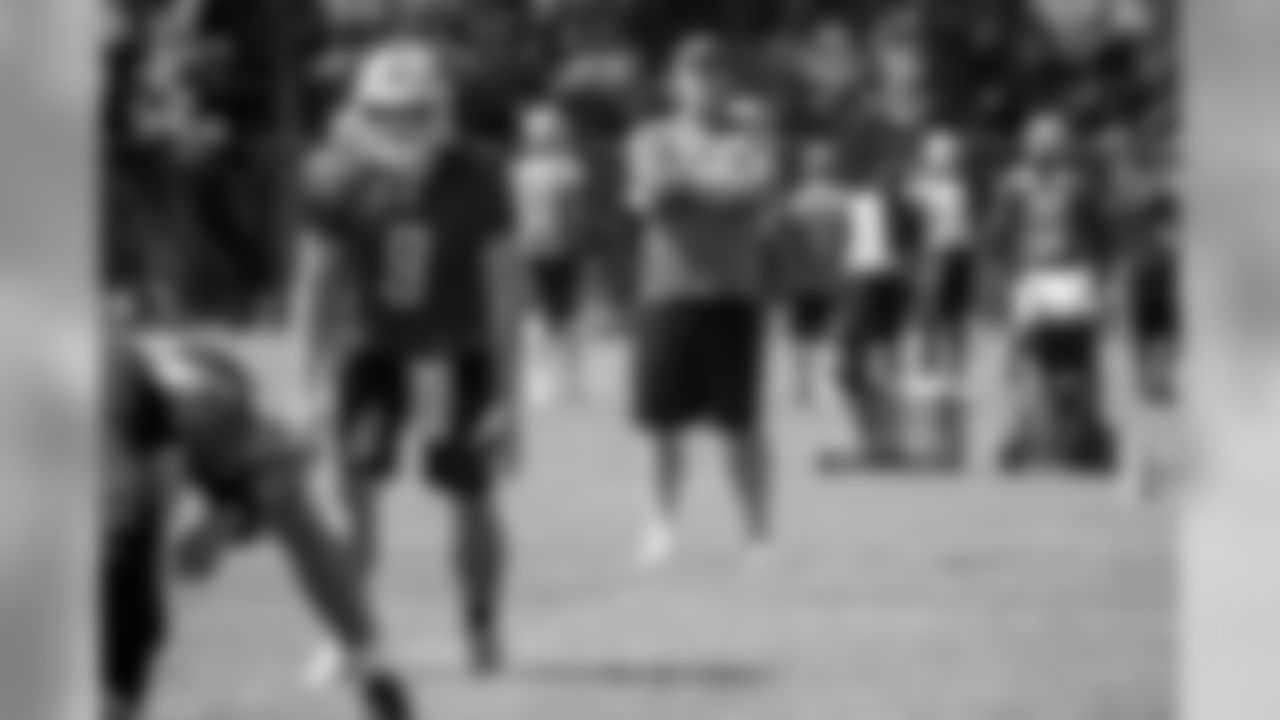
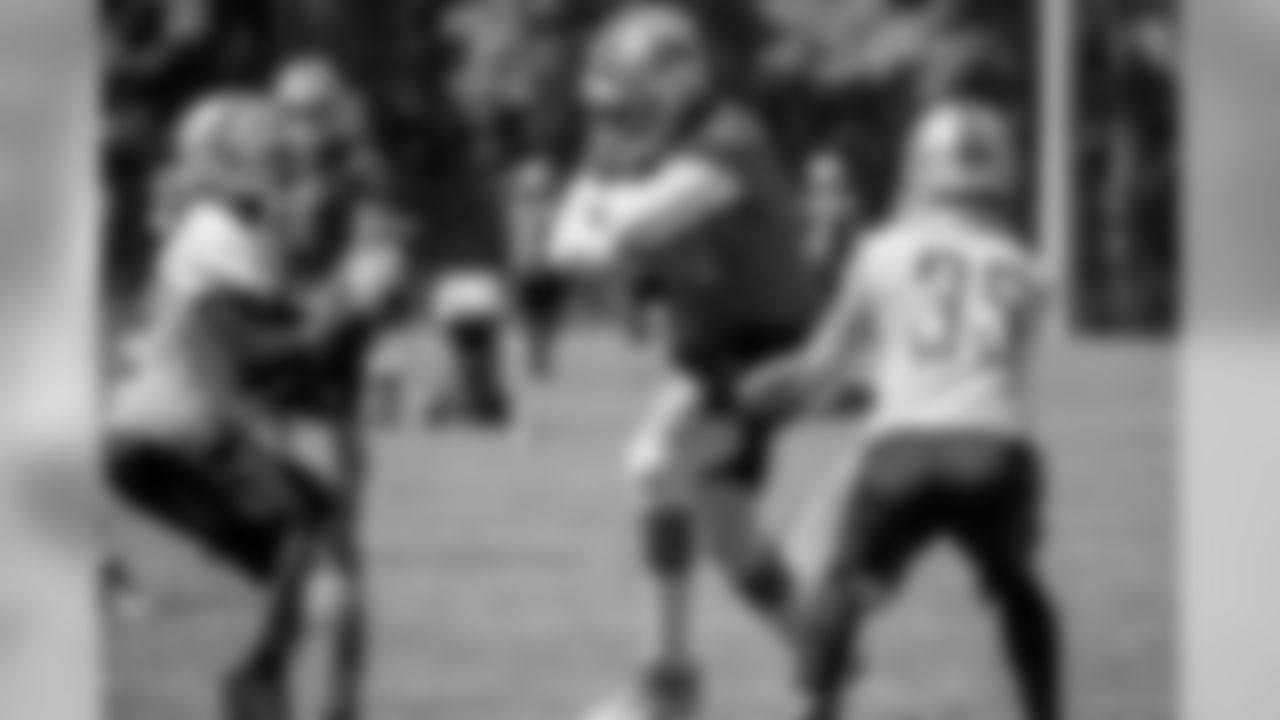
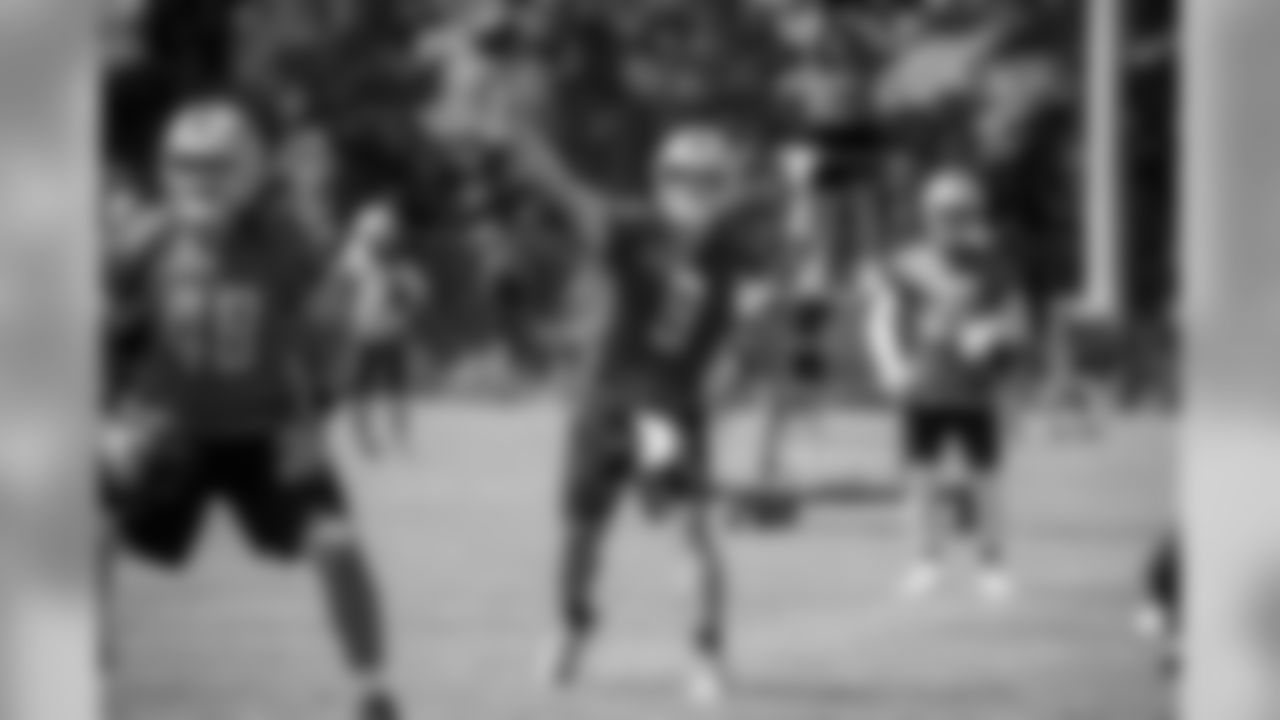

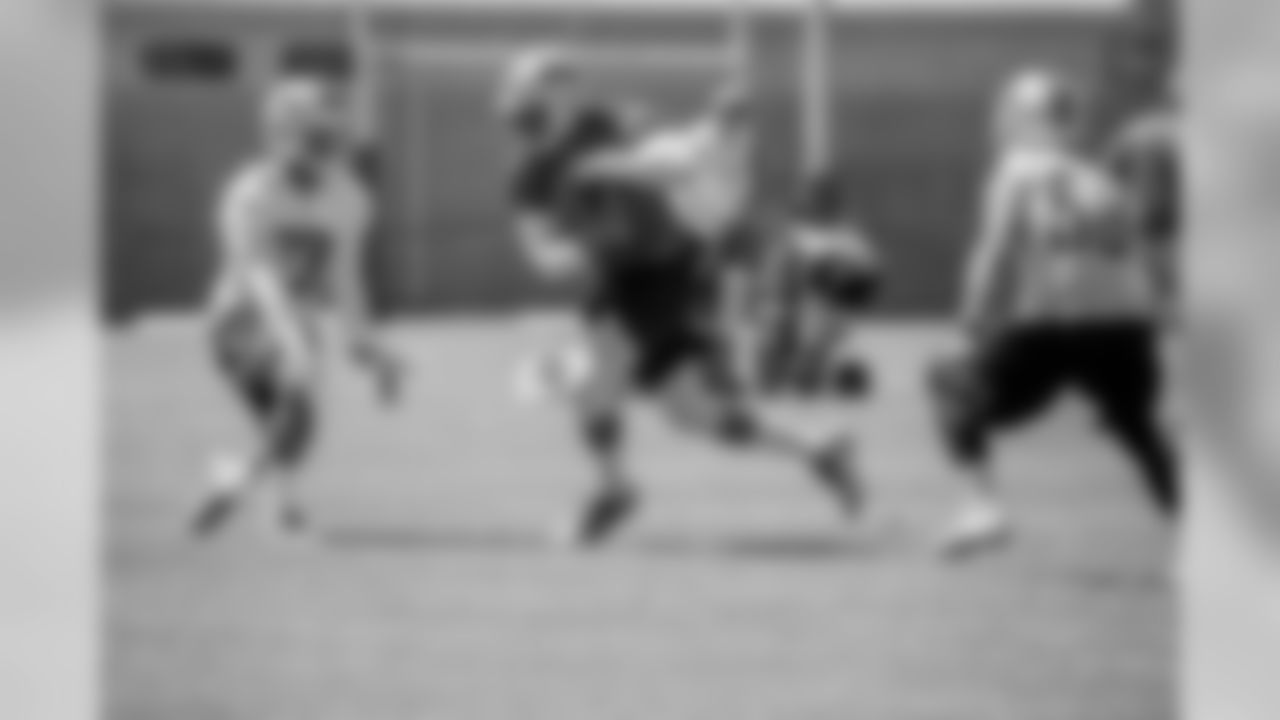
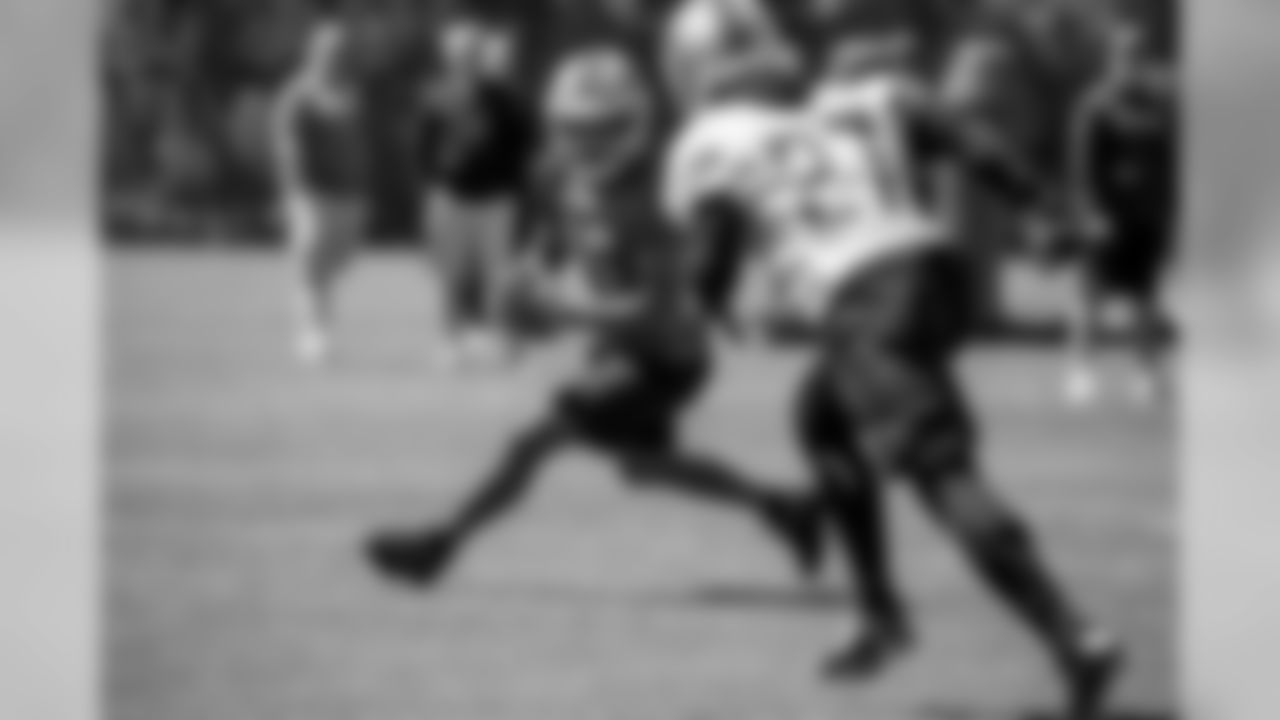

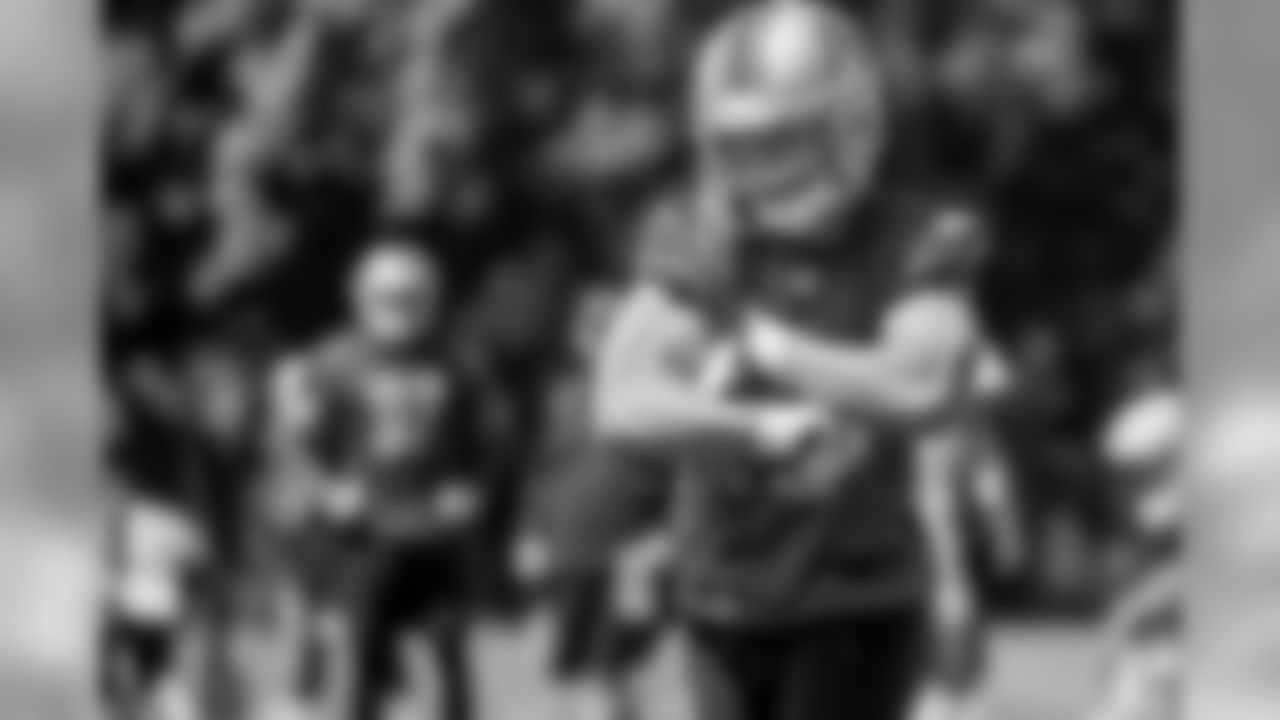
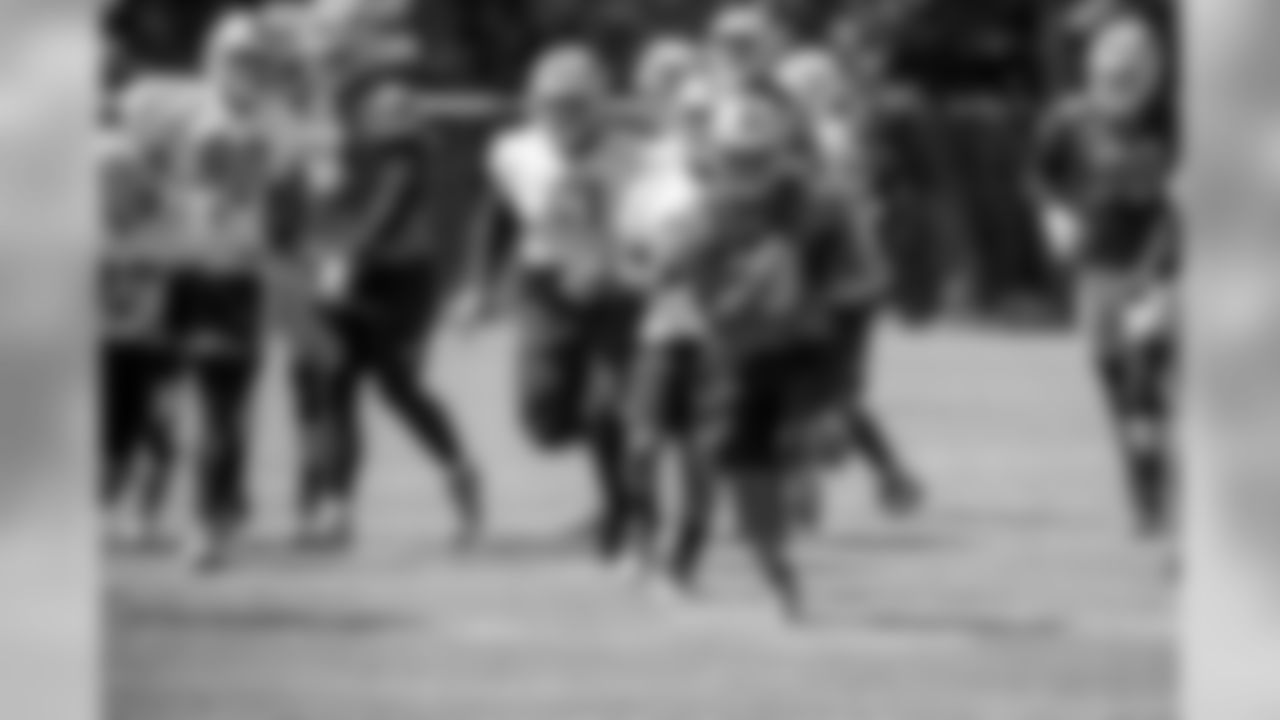


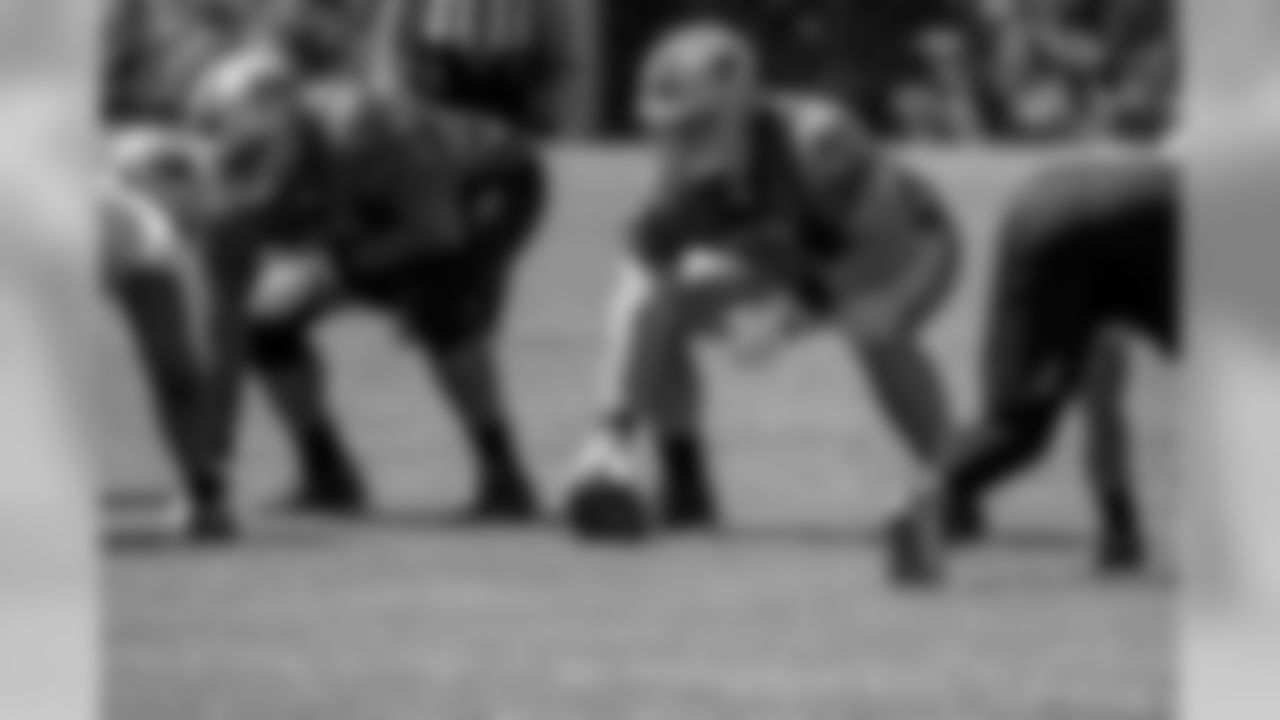
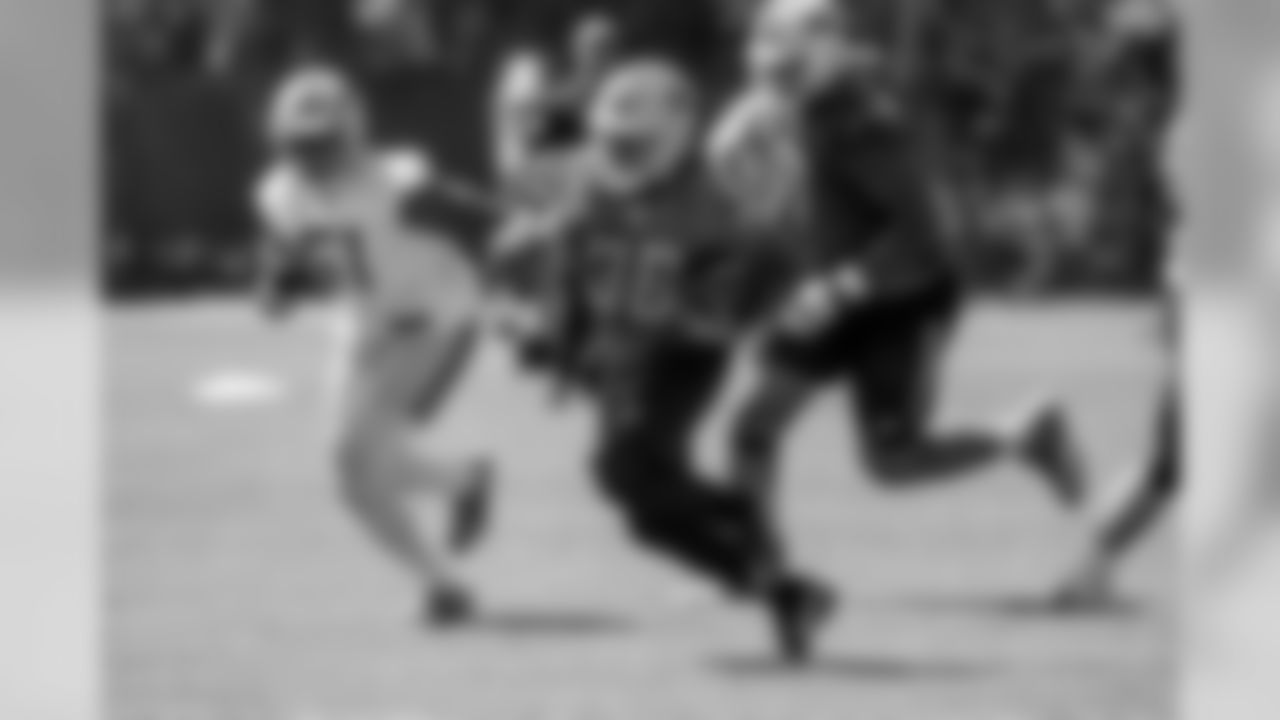
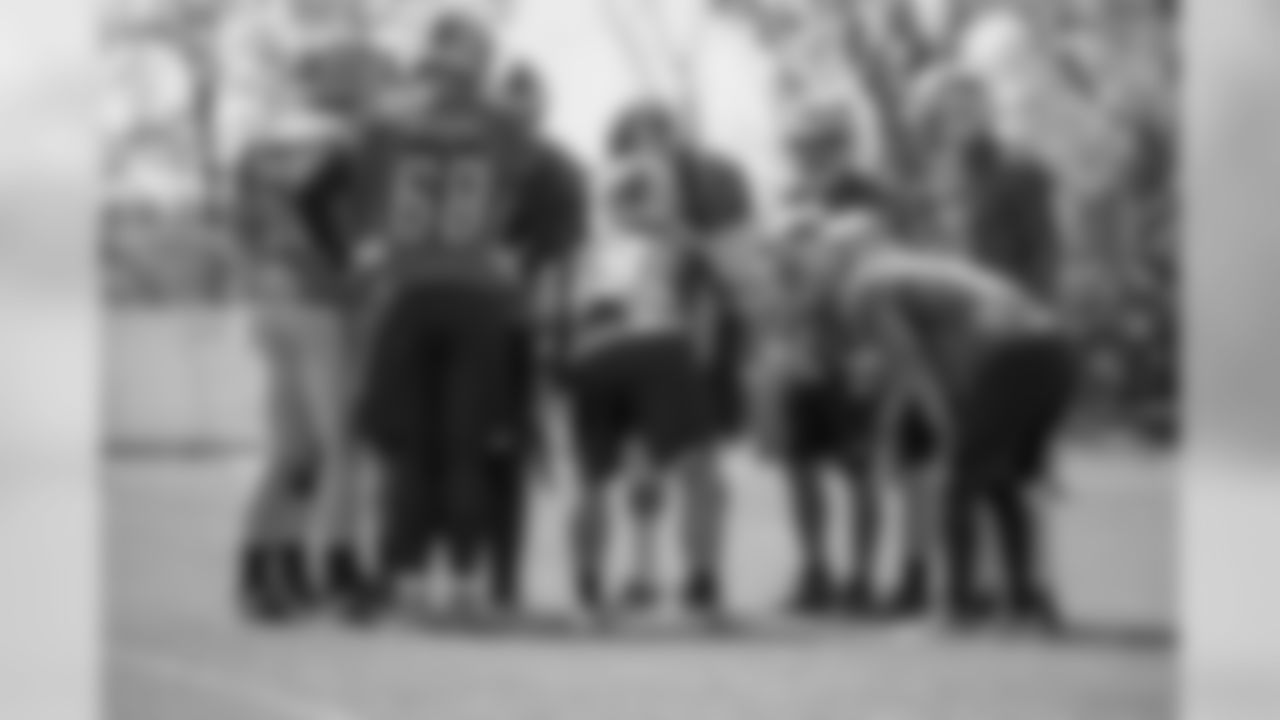
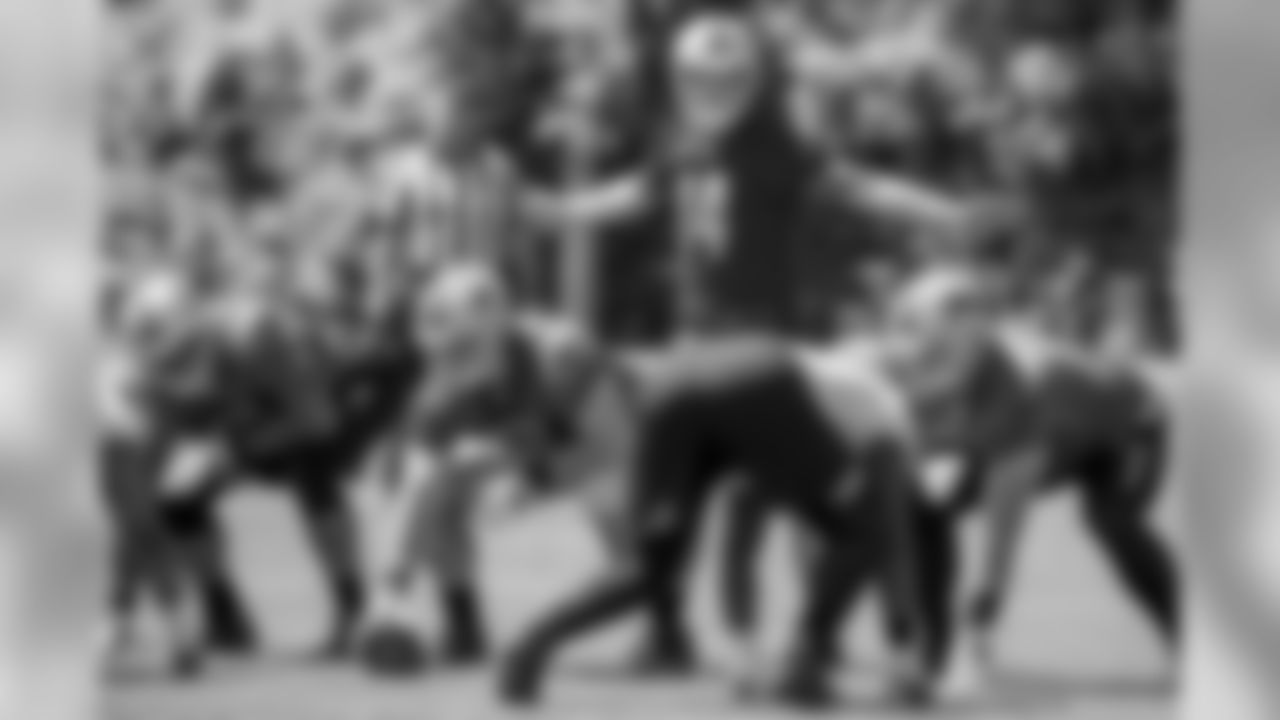
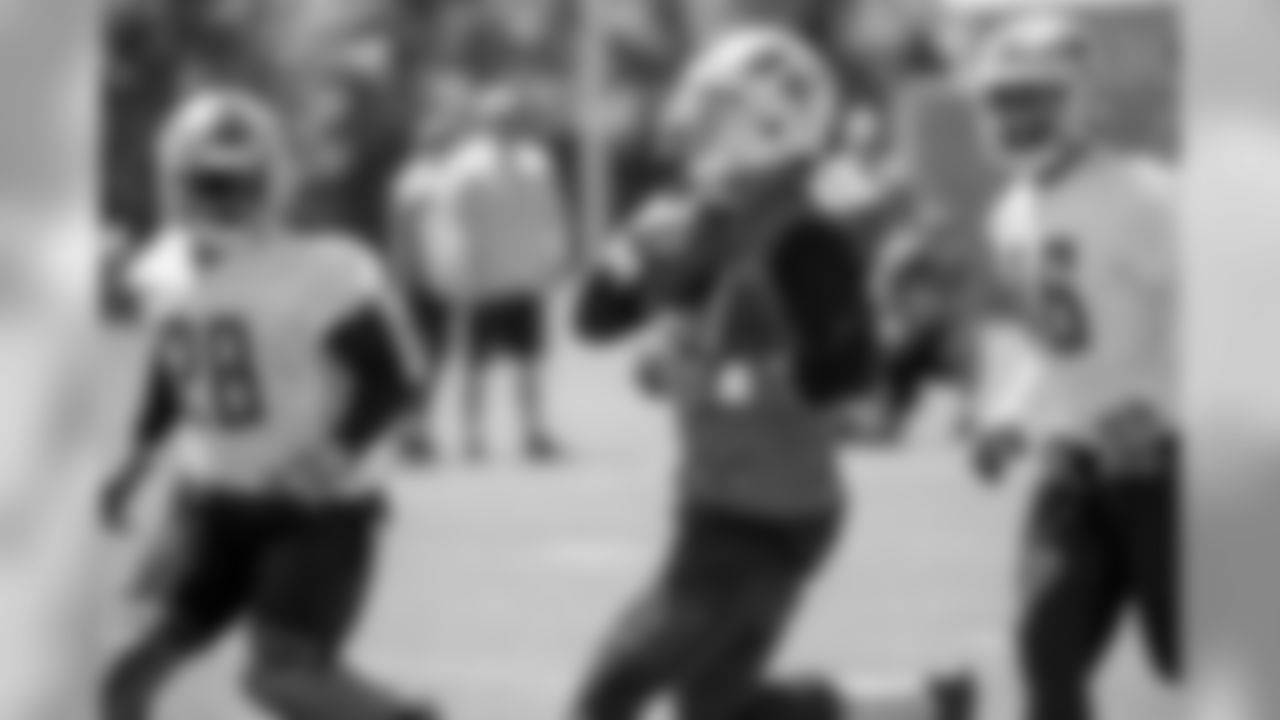
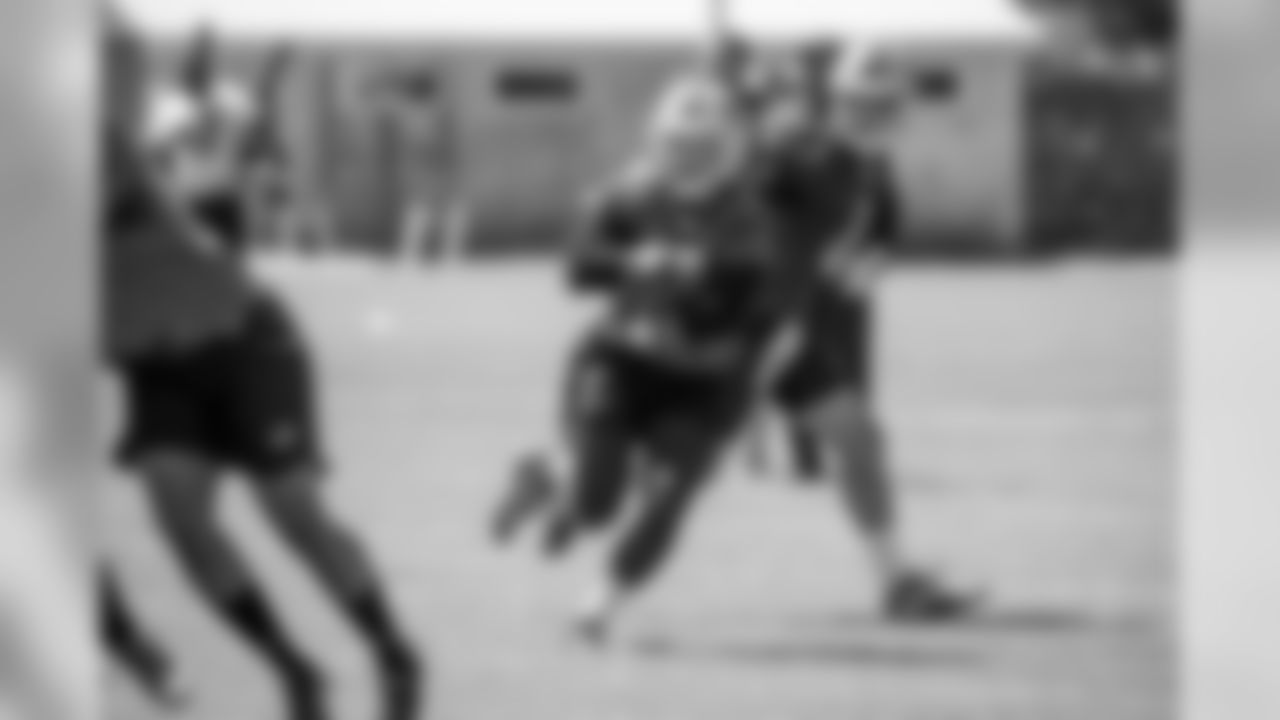
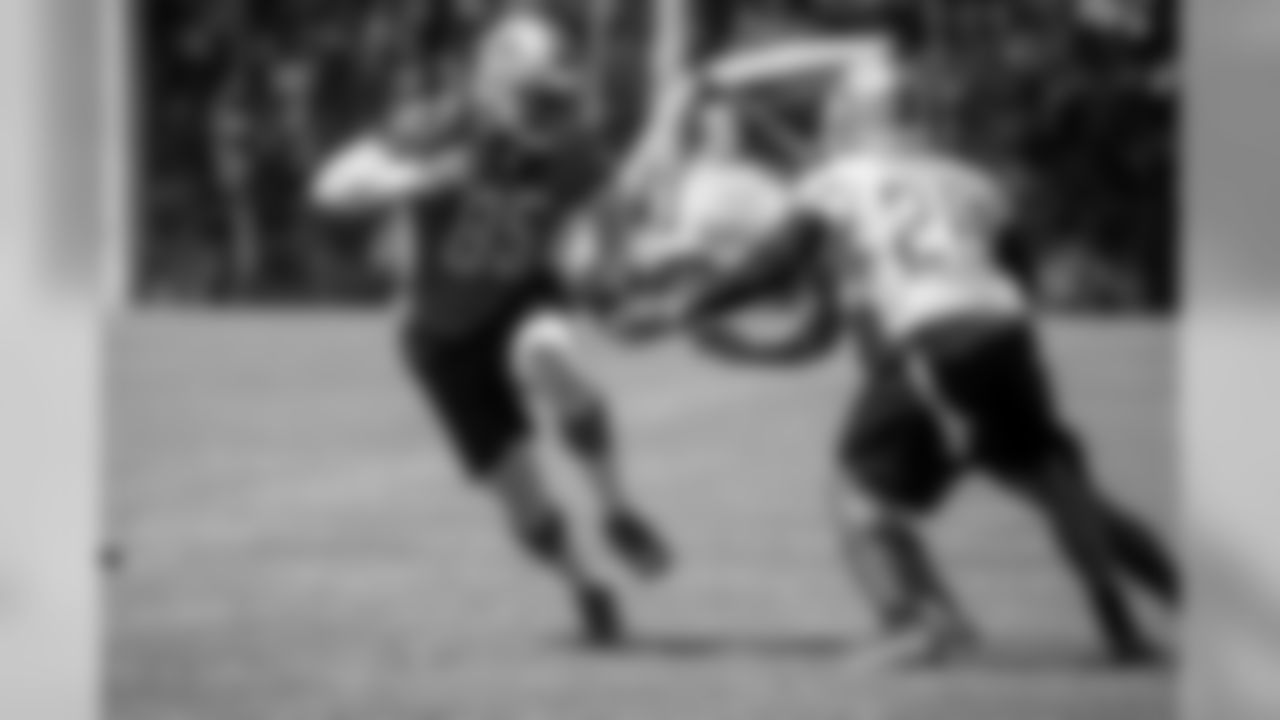
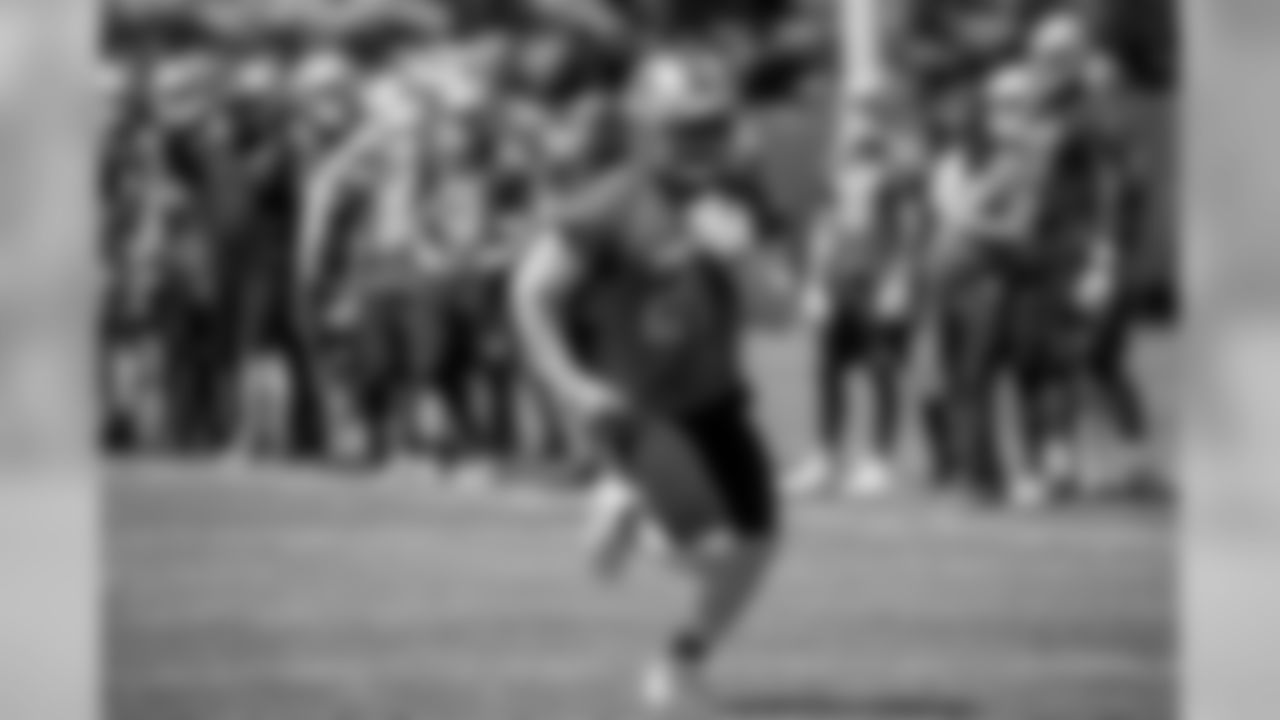
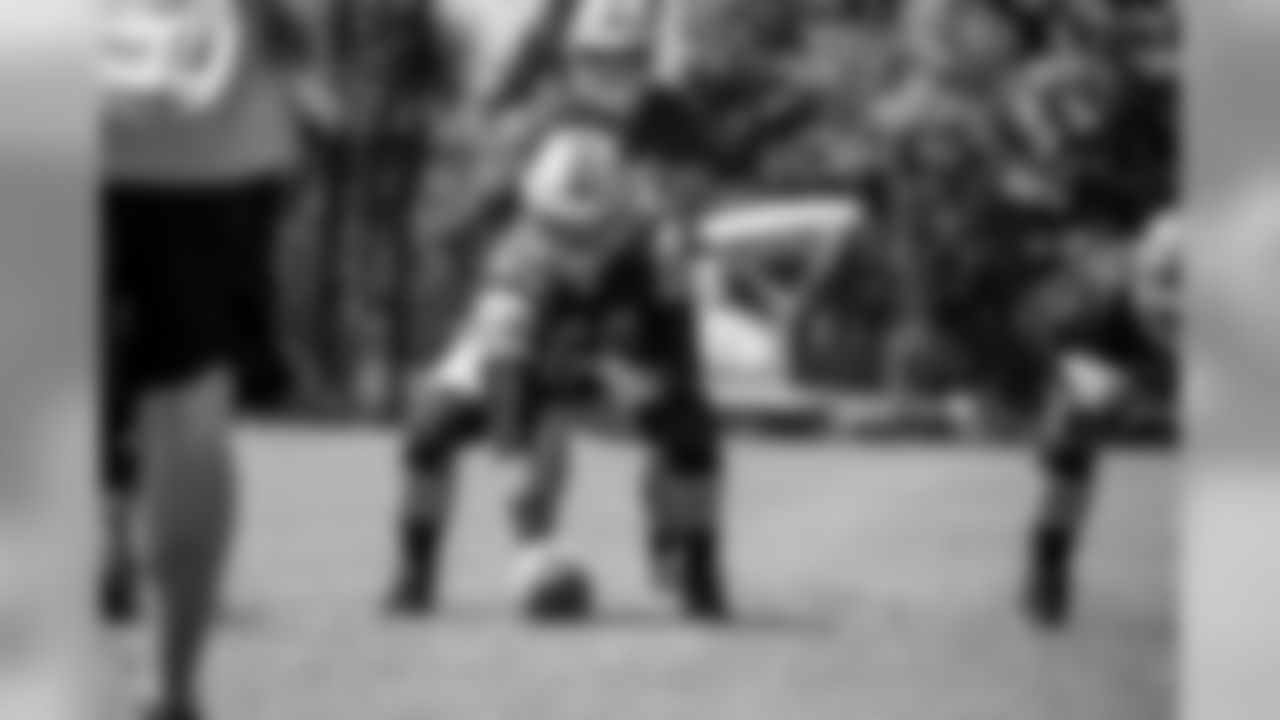
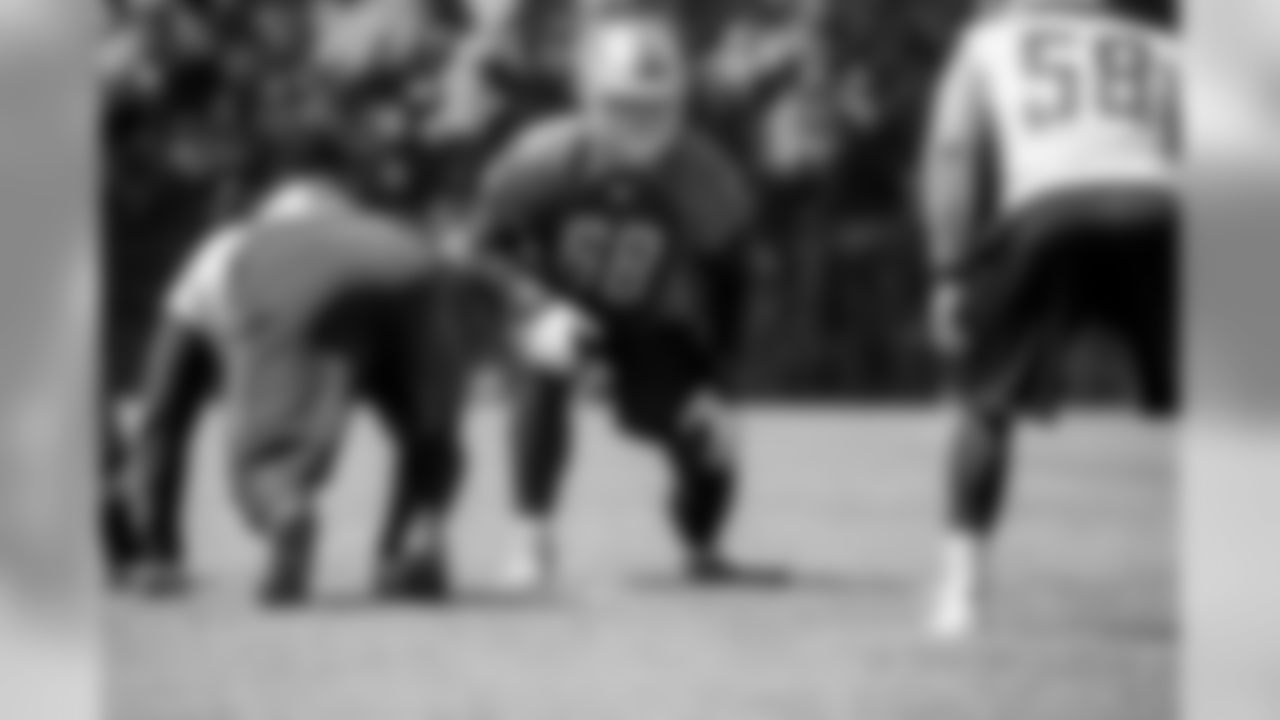

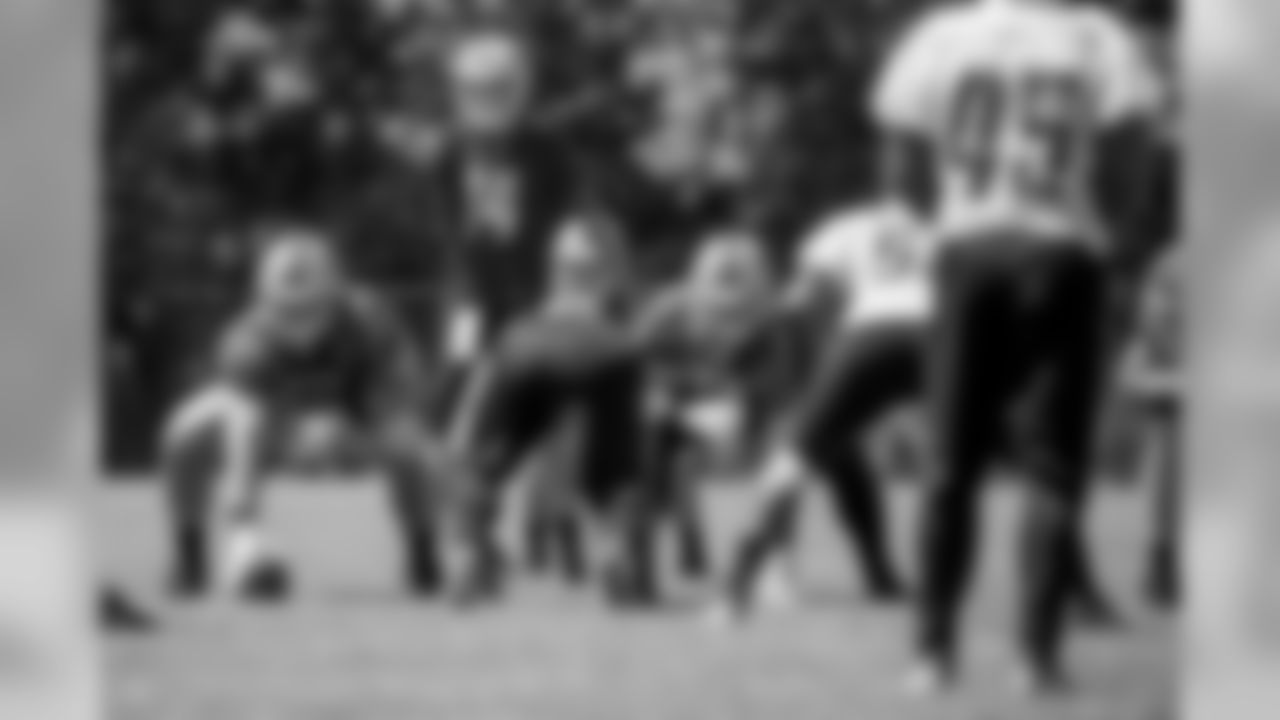


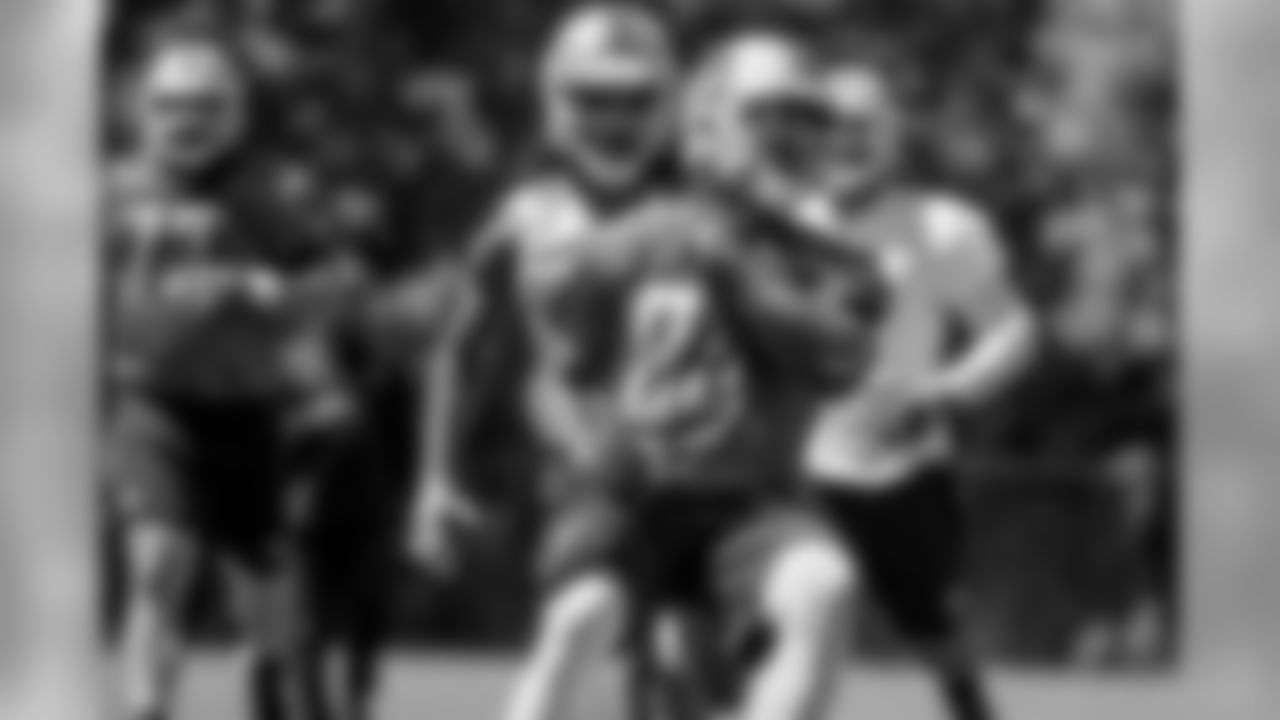
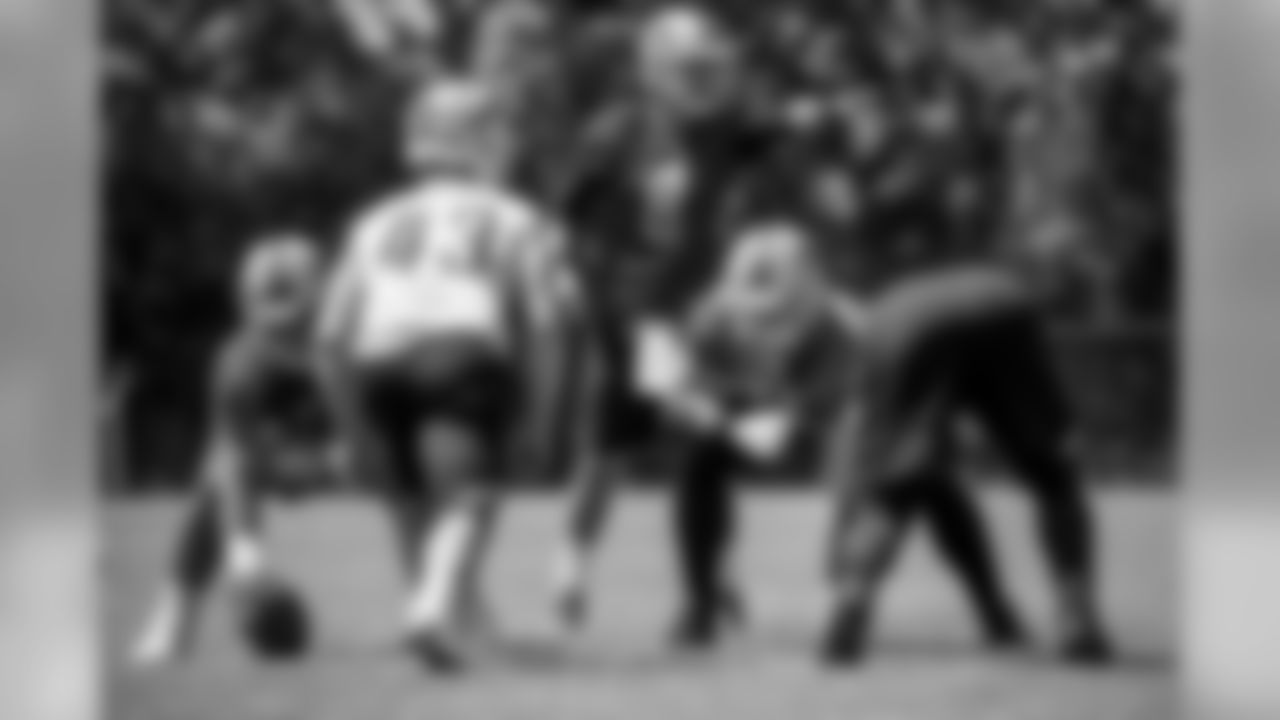
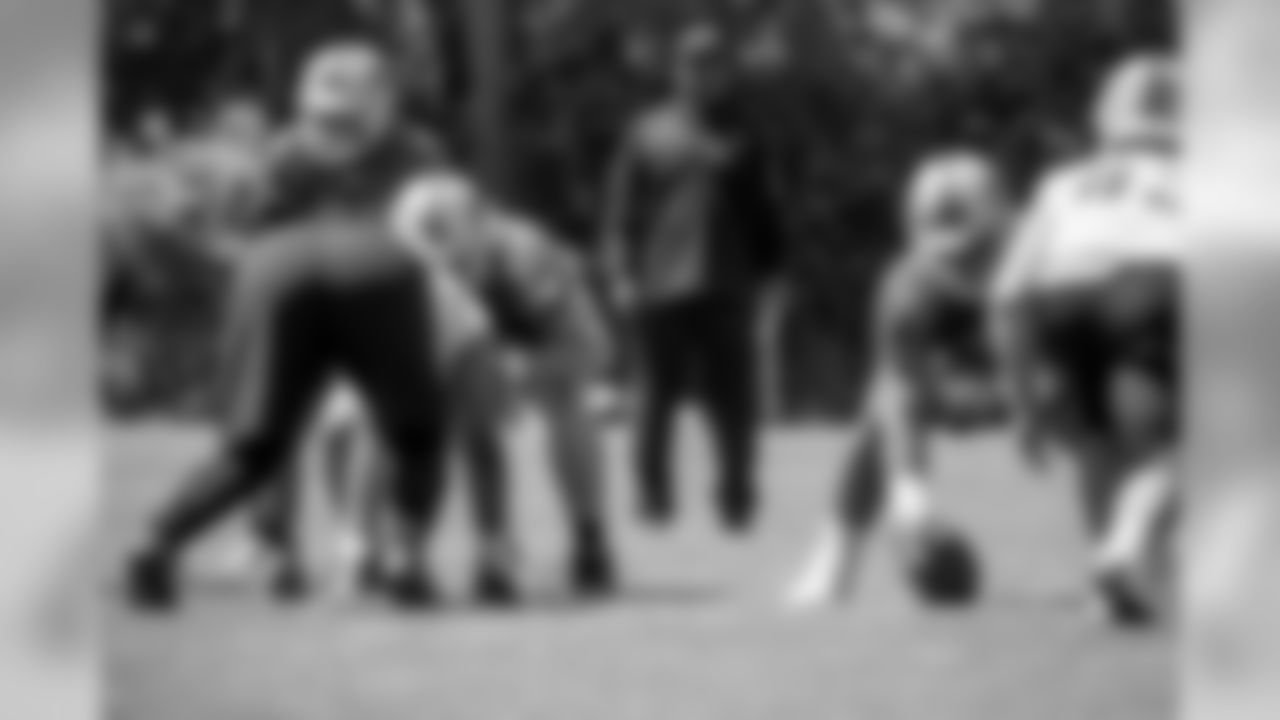
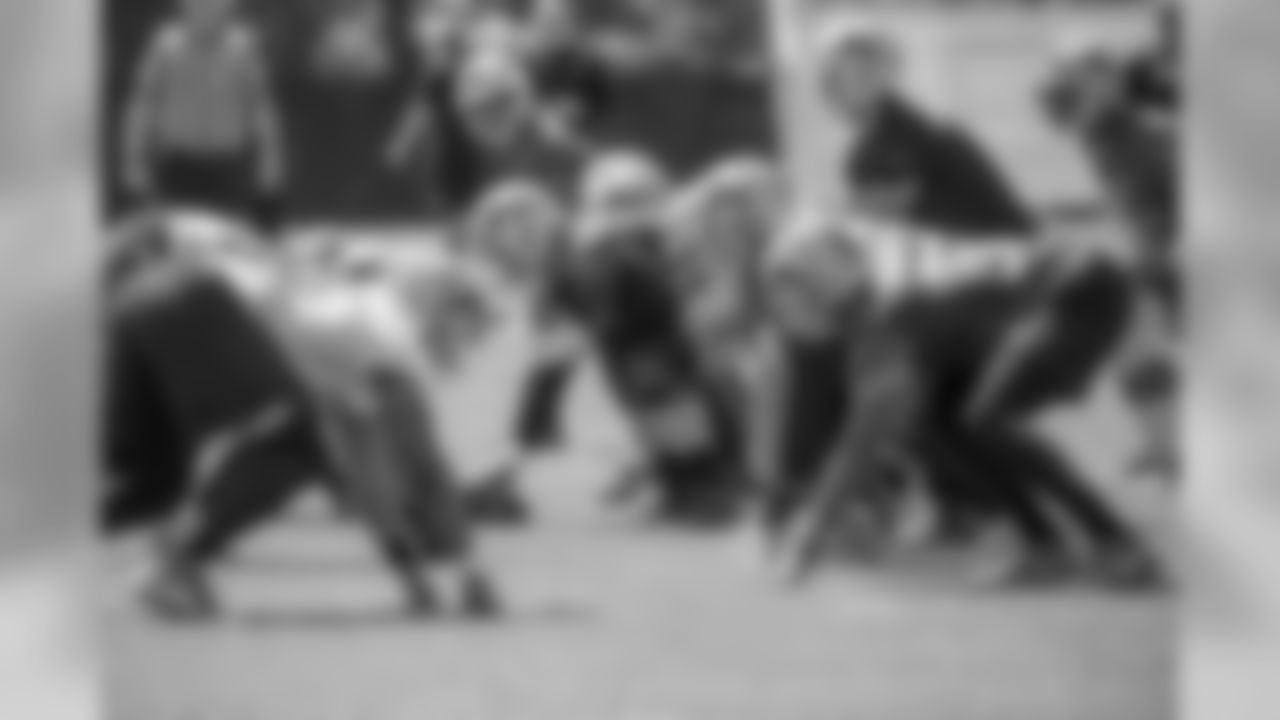

At the opposite end of the fullback spectrum, Sam Gash, a former Lions assistant coach, was a two-time Pro Bowler as a fullback. Gash made the Pro Bowl in 1999 without carrying the ball from scrimmage, and with just 20 receptions.
Fullbacks are increasingly being bypassed in the draft. When the Lions took Burton in the fifth round of the 2014 draft he was one of five fullbacks drafted. Only five have been taken in the last two drafts combined, according to NFLdraftscout.com.
There has been a steady downward progression in the fullback's status since Caldwell became head coach of the Lions in 2014. In his first season the Lions kept two fullbacks in the final cut – Montell Owens and Jed Collins.
In 2015 and 16 Burton was the only fullback on the roster, and his role on offense was greatly reduced last year. Burton did not have a catch or a carry from scrimmage, and he played only eight offensive snaps in the last seven games, regular season and playoffs combined.
Joe Lombardi was offensive coordinator in Caldwell's first season as head coach and for the first seven games of 2015. Since Jim Bob Cooter has taken over, the offense has evolved in a different direction and style.
"Early on, when we first came here, obviously we were a little bit more of a fullback-oriented unit," Caldwell said. "We've changed a little bit in that regard, the schematics.
"Mike Burton was a tremendous teammate, tremendous person. He's one of those individuals that I think in every way, you can use as an example of how to do things the right way. It was more of a schematic difference than anything else."













